Wine Country
A road trip (and wine tasting) through South Australia’s McLaren Vale.
Photo essay by Chiara Dalla Rosa.
I’ve always been interested in food and wine - and am particularly fascinated by the processes involved in making exceptional products. This curiosity was sparked while working in a restaurant in Italy, my home country, and a café in the UK, where I lived for few years; both experiences revealing just how important it is to choose the right ingredients, and to take time and care.
When I first visited Australia - having sampled their incredible wines and fresh foods - exploring the world famous vineries of South Australia was a top priority. I was keen to learn more about the region’s wine making processes and focus on sustainability … and to sample as many tipples as I could.
With more than 200 cellar doors on its doorstep, Adelaide is Australia’s wine capital and one of the nine Great Wine Capitals of the World. There are so many award-winning areas to explore should you fancy a wine-filled day trip, all outstanding in their own right (and desperate for tourism following the recent devastating bushfires). The focus of my own visit was McLaren Vale, which is a 40 minute drive from the city, the journey itself utterly divine.
My first stop brought me to Samuel’s Gorge. Housed in a 1853-built farm shed formerly used for oil making, their charming cellar door boasts stunning views of the Onkaparinga Gorge. Best surveyed from their terrace with a glass in hand.
Being in McLaren Vale, I couldn’t miss the opportunity to visit the d’Arenberg Cube, an eclectic fever-dream of a building in the middle of the d’Arenberg winery. Coming from the mind of winemaker Chester Osborn, this five-storey multi-function building blends its owner’s two loves: wine and art. Currently showcasing sculptures by Salvador Dalì and Osborn’s private collection of paintings & sculptures, the building’s rubik-cube styled shape makes it an artistic wonder in its own right - the view of the valley below from the top two balconies is a particular highlight. Walking through the building felt like a journey through the designer’s mind, and the 2018 chardonnay was a perfect accompaniment.
My last stop was at Alpha Box & Dice winery. This farmhouse-styled shed boasts wines that transcend style, region and varietal boundaries, and are created using small parcel grapes, minimal intervention and vegan friendly methods. I felt a completely at ease here; everyone sipping wine under the sun, surrounded by picnic tables stacked with cheese boards. The perfect ending to my first day of McLaren Vale wine tasting.
Chiara Dalla Rosa is an Italian lifestyle photographer specialising in portraits and travel photography. She's passionate about telling stories of real people and unforgettable places. Chiara is a curious traveler, keen to experience every aspect of the country she visits. To see more of her work, click here.
Mountain Journeys
Adventure and feasts in the Kazbegi Caucasus.
Words & Recipes by Kieran Creevy, Photography by Lisa Paarvio
The Lada Niva’s engine whines in protest as the rev counter approaches the redline. Tyres squirm for grip in the loose snow. Vasil, our driver, calmly smooths out the drift and slingshots his car into the next hairpin bend. Behind our heads, our axes, shovels, snowshoes and crampons create a cacophony of steel and aluminium, contrasting the rubber and leather squeaks and tinny rattles from the Niva.
High in the Kazbegi Caucasus, Lisa and I have packs loaded with food, equipment and camera gear for a multi-day snowshoe and wild camping adventure. A few days earlier, we met Vasil by chance. One of those unexpected meetings that expands your knowledge and alters your world view. We get a detailed primer to decades of hard won local information - which market to find the best pickles, fresh vegetables, strained yoghurt and local specialties such as dried sour plums and walnuts, integral elements for many Georgian dishes.
One such market gave us pause. From the outside, the ramshackle, faded facade speaks of a store long past its heyday. However, its dimly lit interior reveals a trove of wonders; fruit leather with a mouth puckering sourness, tangy cheeses, wild herb medleys, delicate beetroots and pungent onions with a green/white hue.
The market visit also pulls into sharp focus the division of labour in this area. On our hike into town there were no women on the road, only men. All the taxis and tourist agencies are operated by men. Yet inside the market, in cafes and in restaurants, the staff are almost universally women. It’s as though we’re in the 1950s.
After a dinner of local specialties in one of the small restaurants, Vasil drives us back to our base for the week, pointing out, on the way, some of the area’s numerous trekking, ski touring and mountaineering trails. After only 30 minutes, we have a least a months worth of options. We need to head out for a recce.
The next morning we shoulder our packs early and head down a snow covered road, scoping potential trails. Within ten minutes we have had four offers of lifts from local drivers, curious as to what we’re doing out this early with laden packs. On the fifth offer, our resistance crumbles and we gratefully accept a ride down the road to the appropriately named Sno village.
Thanking our driver, I offer him a ten lari note. His response is a swift ‘I’m not a taxi’. Fearing I’ve made a faux pas, I look to see if he’s annoyed, but his beaming smile is its own answer. This generosity of spirit is present in nearly every Georgian we meet throughout our trip.
We find a village almost in hibernation mode. The high peaks and narrow valley floor creates a sun shadow that covers most of the houses. Doors and windows are closed and shuttered, though snatches of laughter hint at life within. Rounding one corner, we have a face off with a cow - Lisa swiftly checking to make sure we’re not playing chicken with the village bull.
Eventually we find the correct track to the trailhead. Once on the mountain, we can begin to make sense of the landscape. An multi-day itinerary starts to take shape in our minds. Check lists can be made and crossed off. We will have to find a water source at some point, otherwise we will be melting snow for hours. Heading home for the night, we’re already excited for the adventure ahead.
That evening, the ritual of sorting gear begins. Just enough clothing to keep us warm and dry, with spares for those ‘in case’ moments. Lisa agonises over which lenses to pack and if we will see the Milky Way (necessitating a tripod). We won’t be eating freeze dried meals on this trip, only Georgian inspired dinners and breakfasts. Food canisters, silicone pouches and drybags get packed with food for three days.
As though he has read our minds, Vasil calls to ask if we have plans for the next day?
‘Sure!’ ‘Can you pick us up at 6 a.m.?’
‘How about 7 a.m.?’ he counters.
Grateful for the extra hour of sleep, we agree.
Morning comes all to early. We briefly question our respective career paths, but the magnetic pull of new mountains is all the incentive we need to get out the door.
One wild ride up a twisting mountain road in that rattling Lada Niva to our drop off point, and we’re alone! Just us and an amphitheatre of peaks, radiant under starlight.
We head deeper into the hills on worn goat trails, our snowshoes and ice axes still packed. Thought we’re almost at 3,000 metres and it’s -20°C, the snow is sparse and patchy, with drifting on spurs and piling in mounds on some northern slopes. We encounter the first signs of long-ago habitation in this wild corner of Georgia - a ruin of a shrine, its stones worn smooth.
Late in the day, we chance upon a perfect spot for our first camp. The spur widens enough for a comfortable pitch. Cocooned in layers of silk and down we fall asleep to the deep silence of remote winter peaks.
Plumes of breath swirl and dance above me in the light of my head torch. To my left, I can hear Lisa curl deeper into her sleeping bag. It’s my turn to make breakfast. First order of business; thick, hot coffee.
Easing my way slowly through the narrow door, the fly sheet slithers and crackles in the cold. The sting of freezing air causes an involuntary cough. Burying my face into the hood of my jacket I jog on the spot to create heat.
With coffee made and grateful mumbles of thanks from inside the tent, I can get to work prepping our breakfast.
Our winter adventure in this mountain vastness speeds by all too fast. Days pass in a kaleidoscope of sensory wonders; the smell of snow on the wind, moonlight glinting off shards of ice as though the ground is carpeted in diamonds, a dense forest hiding a stone fortress, hot spiced soup, and the joy of travelling in the wilderness with a close and trusted friend.
Finally, we near our home, the hillside showing small signs of traffic - a slight widening in the trail. However, we don’t want to break the spell of the wilds and return straight to civilisation.
Our last mountain lunch is suddenly interrupted by a wild street dog. Whether it caught scent of our meal or it’s in search of company we don’t know. It approaches camp, relaxed and at ease. Lying down, it seems content, but with the expectant air of one hoping for some food in the future. He is like all of the other street dogs we have encountered on our journey so far; not one has approached us with menace. Though they obviously live semi-wild, their manner seems to suggest that locals treat them with respect and human kindness.
After lunch, as though loath to let us escape its enchantment, the Kazbegi Caucasus throws us a last curve ball. The track we were on disappears without warning, yet we can see it begin once more, far ahead. Between us is a wide river.
Backtracking will take us a few hours, so we decide to scout the bank, hoping for stepping stones or a narrow stretch over which we can jump. No joy.
Just as we’ve made the decision to turn back, Lisa spots a possible ford. Assessing the speed and depth of the flow, we’re in luck. It’s safe. Splashing our way across we emerge and almost immediately the hems of our trousers freeze into board-like stiffness. The last kilometre flows swiftly under our sodden boots.
Bone tired and wet we may be, but the enchantment has struck us hard. We’re in the thrall of this magnificent landscape and it’s people. Thank you Georgia.
Stoves, pots and snowshoes from Mountain Safety Research and Knife from Morakniv
Georgian Caucasus menu
lobio with mchadi (red bean, pepper, onion and herb stew with cornbread)
Ingredients: Serves 2
lobio
2 cups dried red kidney beans, soaked in water overnight.
1 white onion, finely sliced
1 green pepper, roughly diced
1 cup flat leaf parsley, roughly chopped
1 vegetable stock cube, crumbled
1 tsp white pepper
1/2 tsp dried fennel powder
1/2 tsp black cumin powder
1/2 tsp coriander powder
Water
Salt - to taste
1 tbsp butter or ghee.
Mchadi:
Cornflour, finely ground
2 eggs
2 tsp sea salt
1 tsp chili flakes
1 cup hard white cheese, cut into fine cubes.
2 tbsp rapeseed or olive oil.
Water
Extra cornflour for dusting
Equipment:
Camping stove, pump and fuel bottle
ceramic pot and skillet
Wooden spoon and spatula
Silicone dry bag - to knead and store the dough.
Storage:
Mix the beans, parsley and stock cube together and store in a lightweight leakproof container.
Store the onion, pepper and spices in a separate container.
Method:
First make the cornbread.
Mix together the cornflour, spices, salt, eggs and oil.
Then add in the cheese and a little water at a time.
Knead until you have a smooth dough.
Store in a silicone drybag or reusable container.
Light the stove and when burning correctly reduce the heat to a simmer.
Add the butter/ghee and when gently sizzling add the onion, pepper and spices.
Cook for 2-3 minutes.
Add the bean mix, stir well and enough water to cover completely.
Increase the heat to full, cover with the pot lid and bring to a boil.
Reduce heat slightly, cook for 20 minutes or until the beans are soft, adding more water if necessary.
Taste and season with salt if needed.
Remove from the heat and keep warm.
Place the skillet on the stove, reduce the heat to medium/high.
Break off a golf ball size lump of dough, roll in between your hands until smooth and flatten.
Dust with a little cornflour and place in the skillet.
There is space in the skillet for 2-4 breads, depending on size.
Dry fry for a few minutes on both sides until cooked through and the cheese starts to ooze out.
Serve the bean stew in an insulated container with some bread.
chicken satsivi soup - winter camp version
Ingredients: Serves 2
Cooked meat from thighs and one breast of chicken
(Slow cook in the oven and when cold pull the meat apart with forks or your hands)
1 cup walnuts, smashed to fine chunks/powder
1 cup coriander leaf
1 cup parsley leaf
4 cloves garlic
1/2 onion
1 glass white wine
1 cup sour cream
2-3 cups water (depending on how thick you like your soup).
1 chicken stock cube, crumbled.
1 tsp ground black pepper
1 tsp hot paprika
1 tsp dried tarragon.
50 g butter (wrapped)
Sea salt
Equipment:
Camping stove and pot
Bamboo chopping board
Knife
Airtight container
Insulated bottle.
Insulated coffee mug with airtight lid
Wooden spoons
Insulated bowl/mug - to serve
Method: Cooking in camp
Put the pulled chicken into an airtight container, and chill in the fridge overnight.
Use this to transport to camp.
Mix the wine and sour cream together and transport in a leakproof coffee mug
Fill your bottle with water.
Place the spices, stock cube and walnuts in a small reusable container.
Place the herbs, onion and garlic and butter in another reusable container.
Hike to your chosen lunch spot, or overnight camp.
In camp, finely chop the herbs, garlic and onion.
Heat the pot, add butter and foam gently.
Add the onion, garlic, herbs and spice/walnut mix; cook for 2 minutes.
Add the wine, sour cream and water, bring to a simmer.
Add the shredded chicken and cook for 15 minutes minimum.
(If you have the time and fuel, cook for longer as the flavours will intensify)
Taste and season if needed.
Serve in the insulated bowls/mugs.
Dig in!
Food, Life and Love with Antonio Carlucio
The chef’s chef …
Interview by Liz Schaffer & Photographs by Tom Bunning
Very sadly Commendatore Antonio Carluccio OBE passed away in November last year. We hope you'll enjoy reading this interview with him, first published in Lodestars Anthology Issue 4, Italy.
Proudly declaring himself to be a cook rather than a chef (by his own definition a chef is professional while a cook does it for passion), Antonio Carluccio was the quintessential Italian about London. Driven by his zest for food, life and Italy, it was the passing on of wisdom that inspires much of Carluccio’s work. Arriving in England via Austria and Germany, where he worked as a wine merchant for almost a decade, Carluccio launched a fleet of eponymous restaurants, ran some of the capital’s culinary icons, became a BBC fixture and was awarded an OBE, which he retitled his Order Boletus Edulis - the Latin name for mushroom, his signature. Young at heart, Carluccio’s enthusiasm was invigorating; proof that life should be lived in the pursuit of pleasure, ardour and flavour.
Your background and training are quite unconventional. Can you tell us about this and how you came to be a cook?
I was born on the Amalfi Coast and was the fifth son of a stationmaster. [We were] transported up North where I grew up near Asti, then I moved a little further up and worked for Olivetti. At the time Olivetti was something fantastic but I didn’t like it very much and I was thinking I could holiday on the Riviera and [there] I met an Austrian girl and we fell in love. She came to work in Olivetti and when my youngest brother died in 1960 she said, “why didn’t I come to Vienna?”.
I cooked all the time because in Vienna to have the food my mother used to [make] I had to cook. I remembered what she was doing because in Italy when you are the young son you participate in everything.
In Vienna I started to cook what I knew. I didn’t know very much but I cook and cook and I’m sharing it with friends and frequenting bohemian cafes. You meet incredible people and I like art so I met Oskar Kokoschka and Max Ernst and we were sharing pasta. I was having fun and cooking all the time. It was only when I came to England in 1975 [and] I was still cooking, that my ex-wife [suggested], “why you don’t [enter] the best cook competition of The Sunday Times?”. I did and I was in the final but for me it wasn’t professional, I was a wine merchant, but funnily enough the press began to contact me. For them I was ‘the Italian’, flamboyant and believing in mushrooms and pasta, and so I was in the press.
At the same time my ex-brother-in-law Terence Conran, the owner of the Neal Street Restaurant in Covent Garden, asked me to run the restaurant and I said, “look I don’t cook, I don’t do administration, but I will be there doing the restaurant and running it”, which I did. Then came the BBC and I did quite a [few] food and drink programmes. My first Italian series was going to Italy doing twelve half an hours in all the regions. The other series was with Gennaro Contaldo but I did quite a lot in between and I was also writing books. I can’t stay doing nothing.
Do you think people are drawn to the Italian attitude towards food?
Italians live for food. When we were children going to school in the morning you’re already preoccupied by what you would eat in the day. It was the end of war time and the question to other children was “what will you eat for lunch?” and after the meal it was “what did you have for lunch?”, constantly. I remember in the afternoon, when you’re boys you do things, sometimes we were stealing a cabbage from the field and cutting it very, very thinly. Somebody [brought] olive oil, somebody a bit of vinegar and salt and pepper and we were making salad with bread. It was the best salad ever.



Is there an ethos or technique that sets your food apart?
I created a motto for my cooking, ‘mof mof’, minimum of fuss, maximum of flavour, and as such I don’t go to the lengths to elaborate on food because the most important thing is the taste. If you have the taste the look can be indifferent.
In fact we have items in Italy called brutte ma buone, ugly but good; fruit, even biscuits, that show you the possibility of the flavour. I dedicate everything to that which is obtained by regional food. Italy is famed for its 20 diverse regions.
What do you think makes them so distinctive?
Italy was unified in 1861 but I think in spirit each region is a country. You find culture in Italy from everywhere because each one was coming, the French, the Persians, everybody, to Italy. Even Alexander the Great was there. They united Italy in 1861 but there are different languages, different dialects, different customs. But they are united in thinking of the food as one of the best things.
They may be united by a love of food but is there still competition between the regions?
Between little villages! If somebody makes a dish someone in the next village will say, “ahh but I do it with this and this and this”. Immediately there is a conversation. I remember as a child if you were encountering somebody on road and it was lunchtime you would say, “do you want to have lunch?”. It was very simple. They would come home with you. So this is the attitude of the Italian, they really care. I always say that Italy has two or three million Michelin starred chefs, they’re all the housewives.
What do you love most about Italian cooking?
The Italians, what they have in front of others, the Germans, Austrians, English, French, is the attitude. I remember when we used to live in the train station my mother would say, “go downstairs and see if the trains are departing on time” in order to put the pasta in the water so that when papa was coming up the pasta was perfect. When you grow up with this sense of procedure and [significance] then you know food is important. She was really thinking to please other people because cooking for others is an act of love.
[Because of the various regions and diversity] I think that Italy has a more complete menu. There are 600 shapes of pasta and each can be done as a specialty with a special sauce, special ingredients. Italians want good taste and they’re prepared to use all those wonderful shops. In Napoli especially there were shops selling only pasta, and the pasta was loose, not in packets but in drawers, and all the leftovers were put into one ‘special’ and this is for pasta e fagioli - bean soup with pasta - which is wonderful, all bits and pieces. So they really have fun. While other nations have fun in eating the Italian has fun in thinking and imagining it.
What advice do you have for prospective chefs?
You have to desire food, not being greedy but being discerning about what you eat, and pay attention and love your food. If you don’t have those three things you stop cooking because there would be no point, it would just be a job, no fun. Food, it’s not only preparation but fun in eating. It’s good for the brain, for the body, the spirit, for everything.
New World Flavour
For our Canada magazine, writer Shaun Pett and photographer Leila Ashtari explored the wines of Ontario. Due to the nature of print we couldn't publish all of their wonderful finds and images. So, for those seeking some new world flavour, below are some of the gems that deserve plenty of attention ...
Though Canadian wine is still a young tradition in the land of beer - with the first European vinifera grapes planted in the 1950s and serious wineries started only in the 70s - pioneering winemakers are experimenting with unique but challenging environments and building a new tradition of wine. Two of Canada’s major wine regions lie along the shores of Lake Ontario and are within a short drive of Toronto, making them the perfect destinations for a weekend escape. The Niagara Peninsula and Prince Edward County, a patchwork of vineyards and farm land and colonial towns, are now home to 150 wineries and counting, along with the attendant restaurants, artisans and boutique hotels.
New World Flavour
SUCKING ON STONES
Geology marked the Niagara Peninsula for grapes. The glacial Lake Iroquois, a precursor to Lake Ontario, deposited the fertile soil and red clay, while an ancient sea laid down the limestone sediment for the Niagara Escarpment, which traps the warm air currents from the lake. At the cliff-side lookout of Beamer Memorial Conservation Area you can see the skyline squiggle of Toronto across the lake and to the east runs the Escarpment’s spine.
Growing up in Niagara I never drank wine. Only after living two years in France did I come to appreciate it. This is a common pattern for Canadians: we look past what is near to what is far. Francois Morissette was born in Quebec and worked ten years in Burgundy before arriving in Niagara with the single purpose of letting the land dictate the grapes and the grapes dictate the wine. The first time I visited Pearl Morissette there was no sign at the entrance (and probably never will be). This is on purpose. Morissette is unlike most winemakers in Niagara. He takes an uncompromising approach toward non-interventionist, natural winemaking. Airborne indigenous yeasts start fermentations, and out of the nearly 200 ingredients you are legally allowed to add to wine, he only uses sulphur, and only if he has to. For him winemaking is more art than recipe and no two wines are ever the same. The old wood foudres from Alsace, the concrete eggs and steel tanks, the earthenware qvevri from Georgia, these are simply the pots he uses to cook in.
Svetlana Atcheva, the winery’s passionate ambassador, with her Eastern-European accent and Nabokovian way with description, described a wine’s structure as “ladders” climbing in the back of the mouth and called a 2014 Chardonnay that we tried from the tank “a snowflake under the microscope,” creamy and soft, but structured. Morissette’s wines and methods can seduce some and annoy others, but every wine region needs its provocateur, someone to push boundaries and undermine complacency. His wines—the Riesling, gamay and Cabernet Franc I still remember—set a benchmark for Niagara’s potential.
New World Flavour
New World Flavour
TRACING ANCIENT FOOTSTEPS
Follow Regional Road 81, which winds it way through the peninsula, and you’ll be tracing the former Lake Iroquois shoreline and a past Native trail. Heading east along 81, you near the Niagara River and the American border. Here the Escarpment eases into flat fields and you can find tiny Five Rows Winery tucked away in St. David’s. Winemaker Wes Lowrey, the fifth-generation of his family to farm this land, focusses on making the wine in the vineyard, spending two months thinning the 150 rows of vines by hand, three per day. His very small batches are excellent wine. Neighbouring Ravine Winery is worth stopping at for a bite of field-to-table fare.
New World Flavour
ON ISLAND TIME
Because of the Murray Canal, Prince Edward County is technically an island. Located almost halfway between Toronto and Montréal, it feels far apart from the urban grind, with the slow rhythms of country living and small town intimacies. The County is the newest wine appellation in Ontario with vines only planted at the turn of the millennium. The varying topography creates a mesoclimate at each vineyard, allowing you to visit 20 different wineries and taste 20 different Chardonnays. But making wine here requires one to be a little stubborn and a little mad. Since the winters get so cold, and temperatures of -25°C can kill vines, they must ‘hill up’ the vines in autumn, burying them under earth and hoping they’ve survived when dug up by hand in spring.
At the new micro brewery, British chef Neil Dawson turns out fresh and simple dishes of the moment - he’s also known to roast a pig from time to time. We sat on the patio overlooking the vines with a pint of the saison. A salad of crisp snap peas, watermelon radishes, crumbled feta and poppy seeds was a snapshot of that early summer day.
It’s easy to hop from one winery to the next, as most are clumped in the west of the island due to the moderating lake breeze. Down Closson Road don’t miss The Grange, Closson Chase, and The Old Third. At Norman Hardie’s, who is the gregarious face of the County and the gateway for many to the region, we ate what is still the best Neopolitan pizza around, enjoying it on the patio with a glass of stony Calcaire while others slurped oysters and the slow Sunday afternoon melted away.
New World Flavour
New World Flavour
WRITING NEW LORE
At Trail Estate the tasting room was still being built so Mackenzie Brisbois hosted us in the cluttered production shed. Her first year as head winemaker, she was excited to show off her skin contact experiments. Using this thousand-year-old technique of letting the juice sit with the skins for up to three weeks (like with red wine, but unconventional with white), she crafted four three single lot Rieslings and a Sauvignon Blanc that were complex and textured. The last one, of which she only made less than 100 bottles, had a surprisingly nutty nose - none of the grass one is used to - and a good funk that bloomed into melon flavours. Working in this hands-off manner, letting the wine become the wine it wants to be, requires patience. One day it’s good, another bad. “Doing nothing is the hardest thing.”
New World Flavour
PATHS LESSER TRAVELLED
Leaving the tourist trail in the west, you’ll find a hidden spots, like the gravel beach at Little Bluff Conservation Area or Sandbanks Provincial Park, where the 8 kilometres of mesmerizing sand dunes is the largest system of its kind in the world. Fifth Town artisan cheese, housed in a LEED-certified, green building, hosts wine and cheese tastings.
There’s something of the monk in Glenn Symons. He works mostly alone at Lighthall Vineyards, secluded on a nowhere road, perfecting his wine and cheese. A home vintner for 25 years, he bought the vineyard in 2008, attracted by the soil’s potential and its unwritten story. He has rigorous standards and won’t sell a wine that disappoints him. Cases of an unsatisfactory rosé have been in storage, waiting to be distilled to fortify a late harvest Vidal he produces. We chatted in his small production kitchen while he scooped fresh sheep milk curds into moulds. I asked him if there was a wine or cheese that he wanted to make that he hadn’t yet attempted. No, he said. He knows what he wants. Like others in the County, he has a self-confidence that comes from having found his place in the world. The job then, vintage after vintage, is listening to this place and singing it to others. That’s what wine can do.
New World Flavour
New World Flavour
New World Flavour
The Canada Magazine
This week the Canada issue of Lodestars Anthology - officially released in the UK on October 18 - will be avalible through our online store. So we thought we'd celebrate by sharing some of the wild and wonderful images and illustrations that fill the pages of issue 6. Thank you as always to our truly spectacular contributors - the world is indeed filled with some rather talented beings. You can order the magazine here.
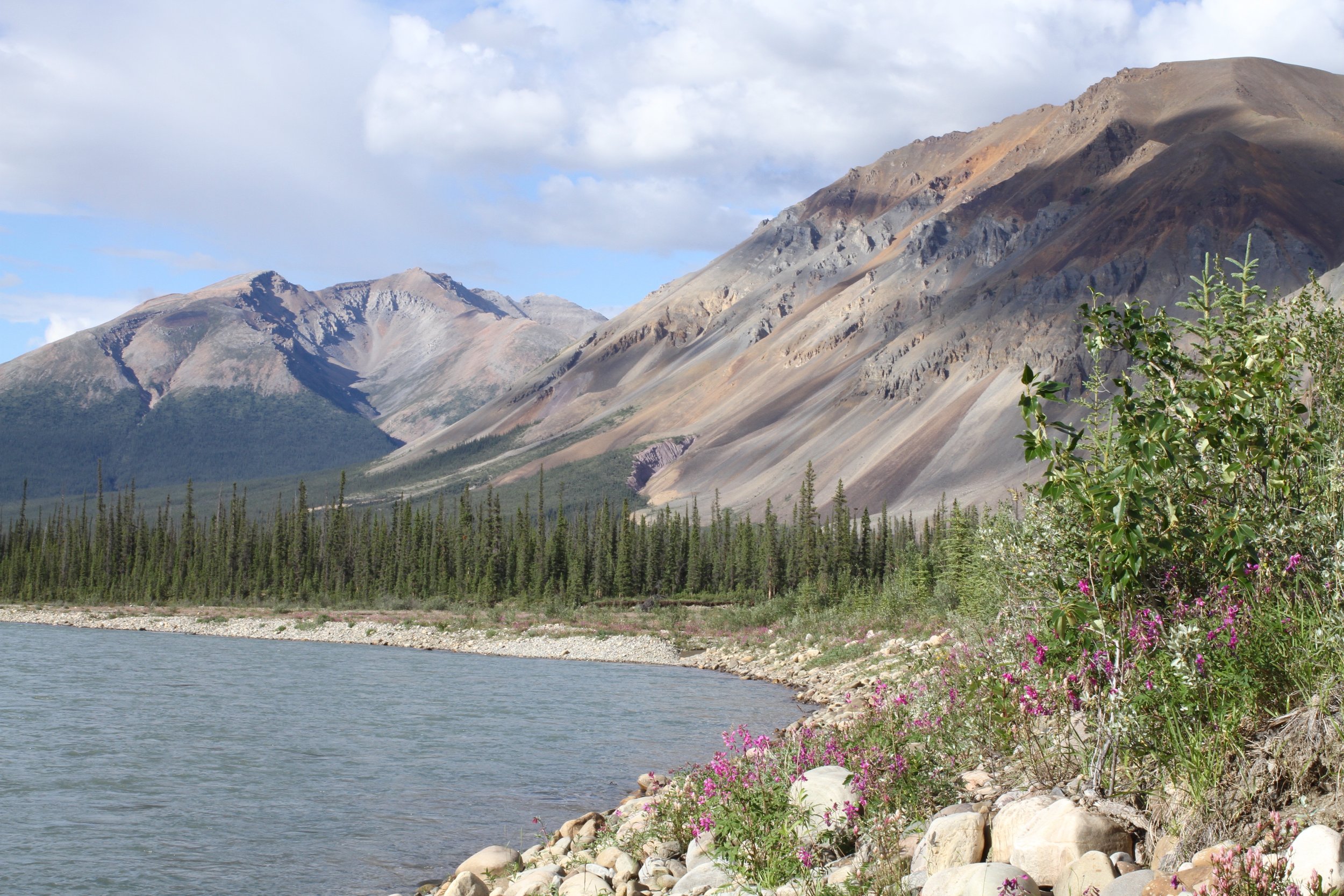
About the magazine: Canada is a land where lakes glow, mountains soar and island life prevails. Wild, rugged and unfazed by time, luxury resides in unexpected corners, cities delight and outdoor adventure beckons, for nature is indeed all around. You yearn to explore, to get lost, to reconnect with a pristine beauty so hard to encounter in the modern world. The seasons astound - from frozen winters to summer’s never-setting sun - while waterfalls carve canyons, rivers become frozen highways and people smile, aware of their heritage and all that this land has gifted them. You’ll find snow and maple syrup, art and architecture and a landscape both inspiring and eternal. Greetings from the Great White North.
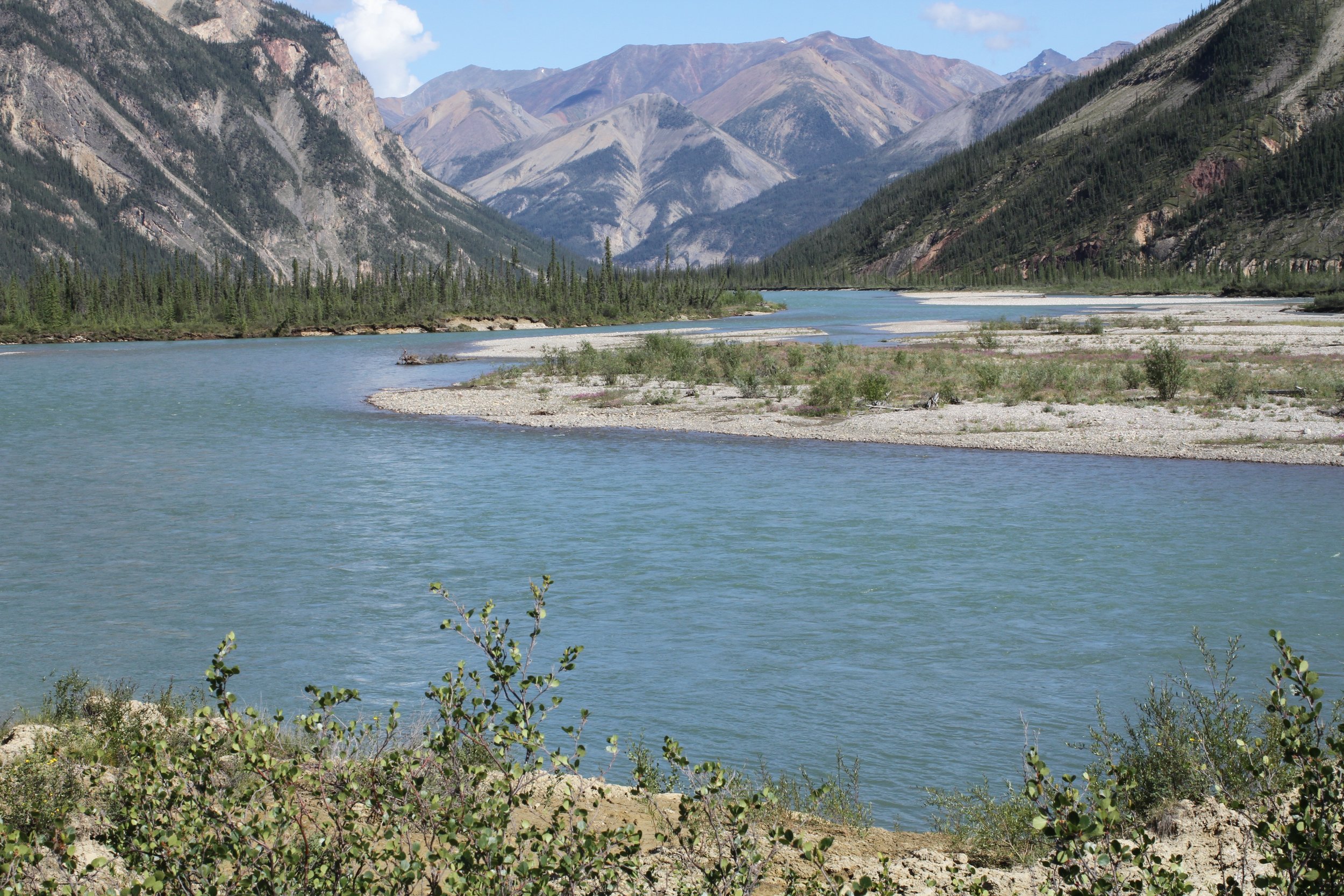
Some featured destinations:
Clayoquot Wilderness Resort Fogo Island Inn Vancouver Toronto Montreal The flavours of Canada Cosman & Webb maple syrup Left Field Brewery Canoe North Adventures The Yukon in winter Northwest Territories Nova Scotia Halifax Lobster Boil Ontario wines The Canadian Rockies Prince Edward Island Calgary The Canadian

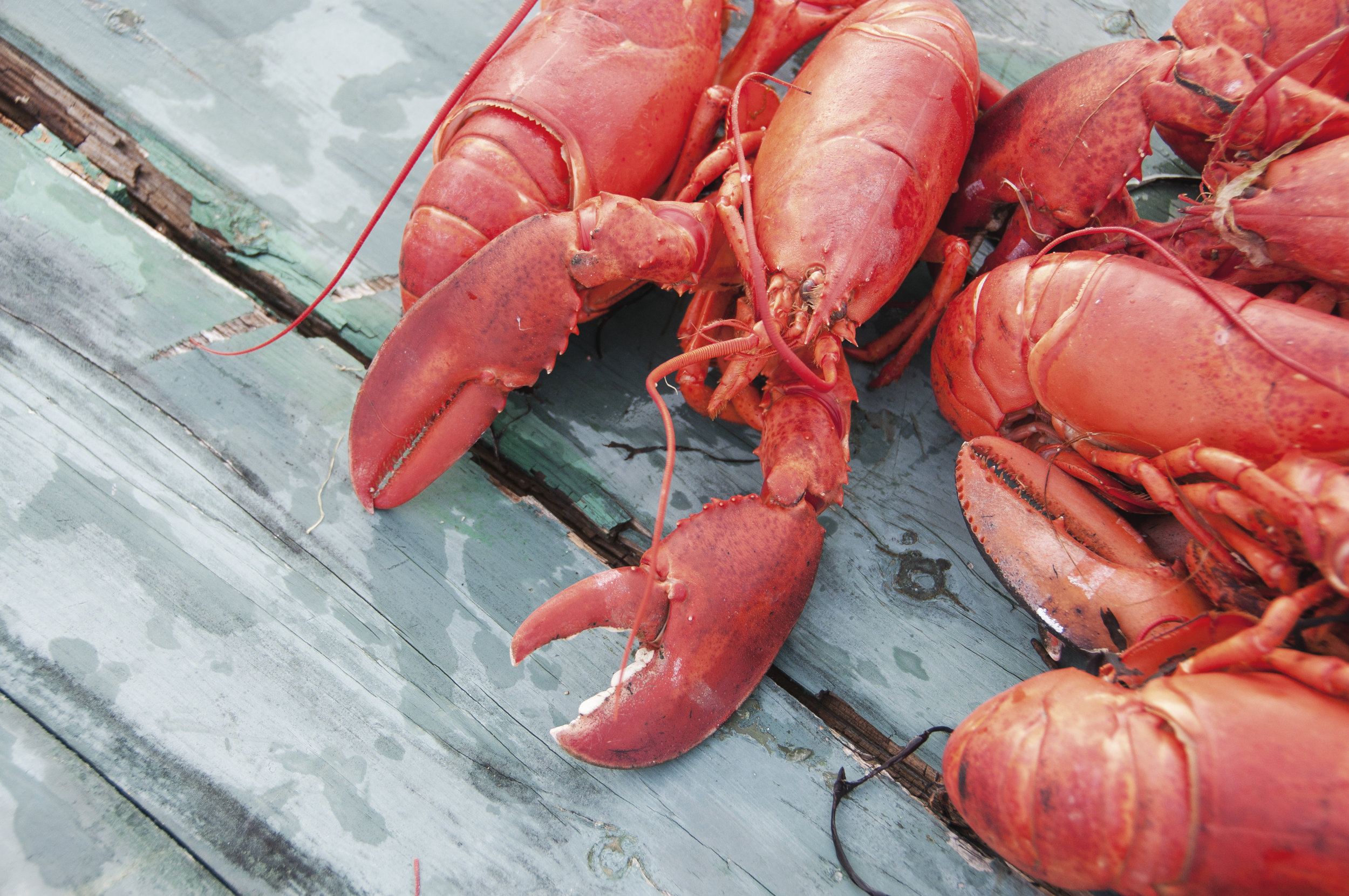
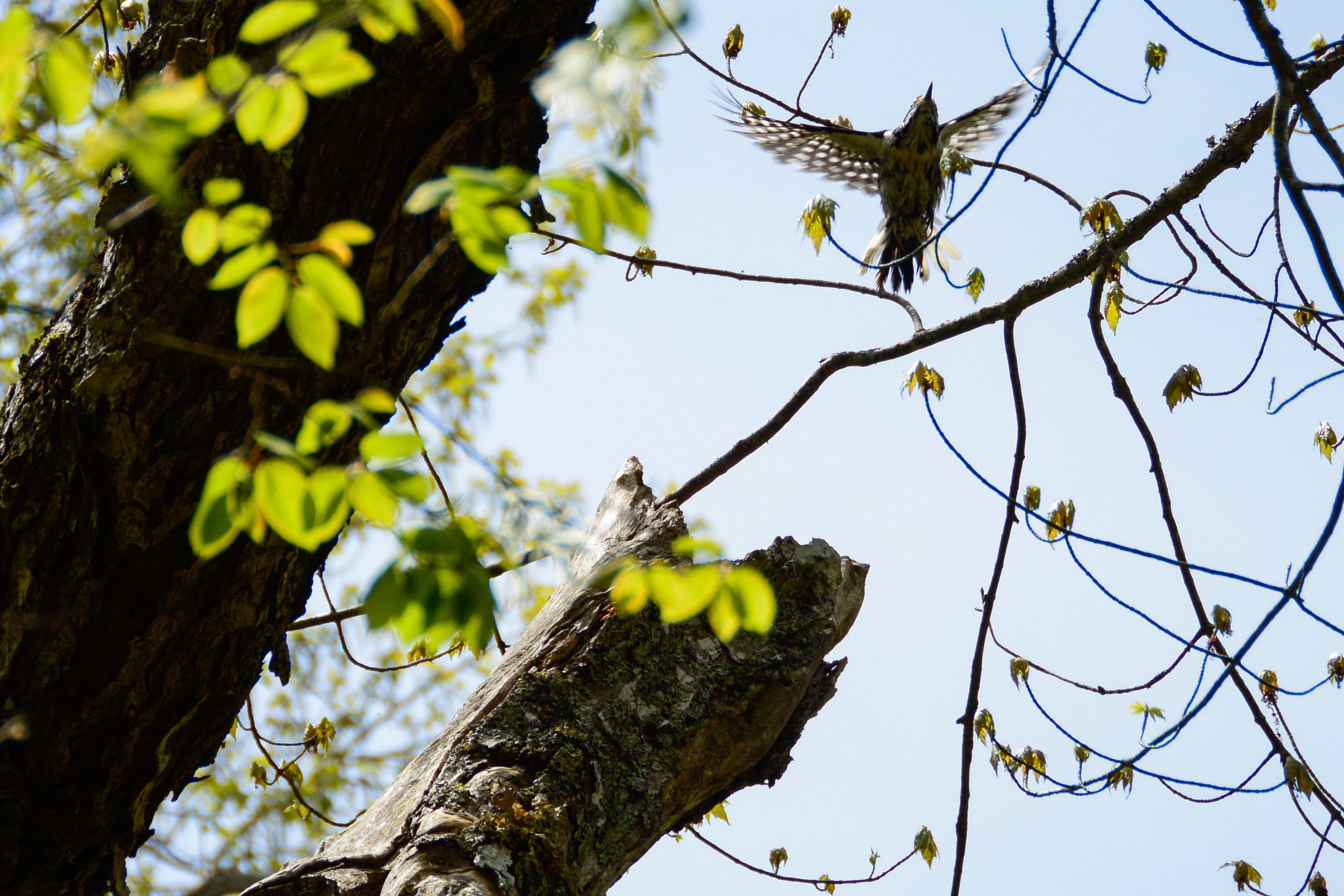
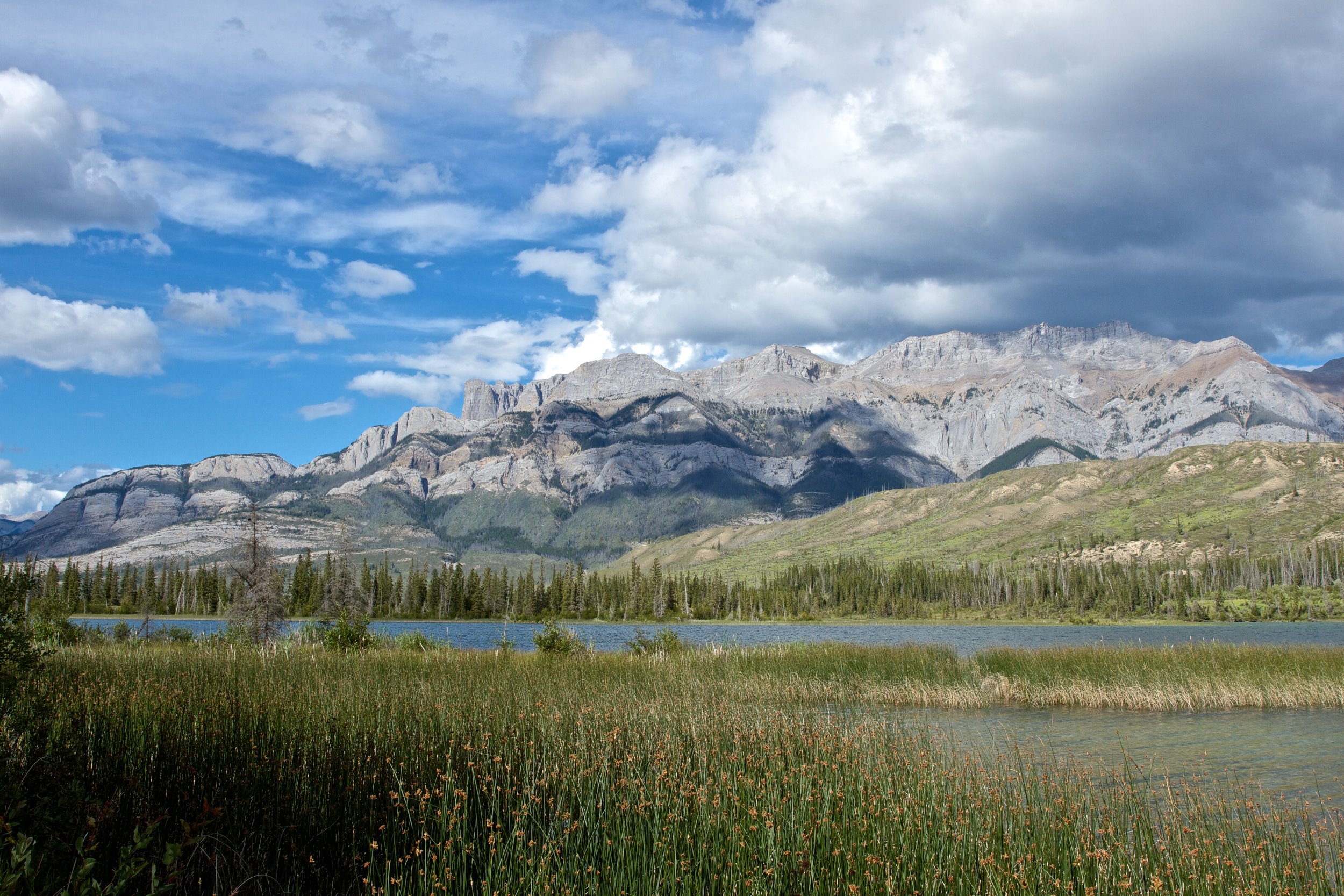
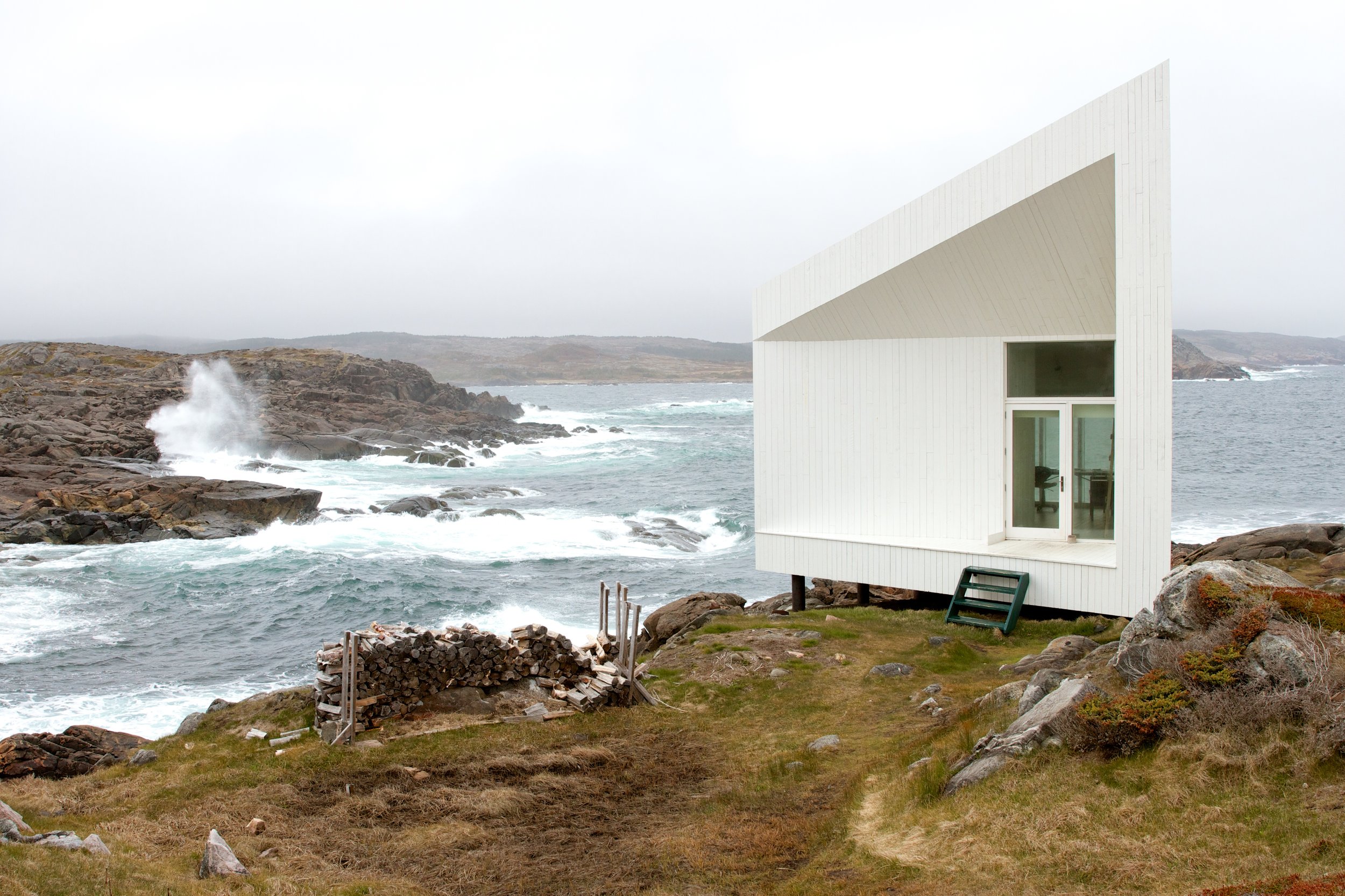


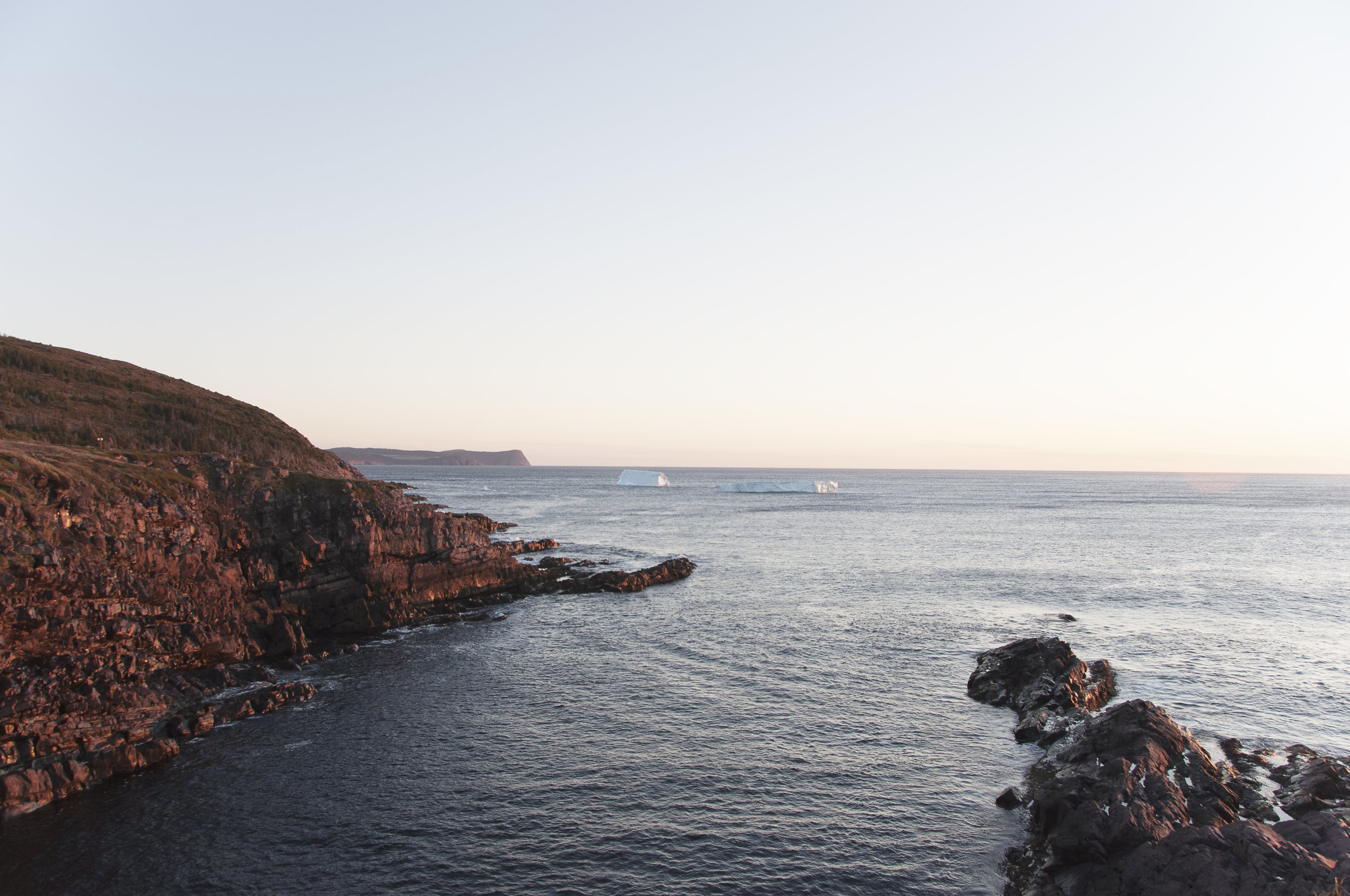
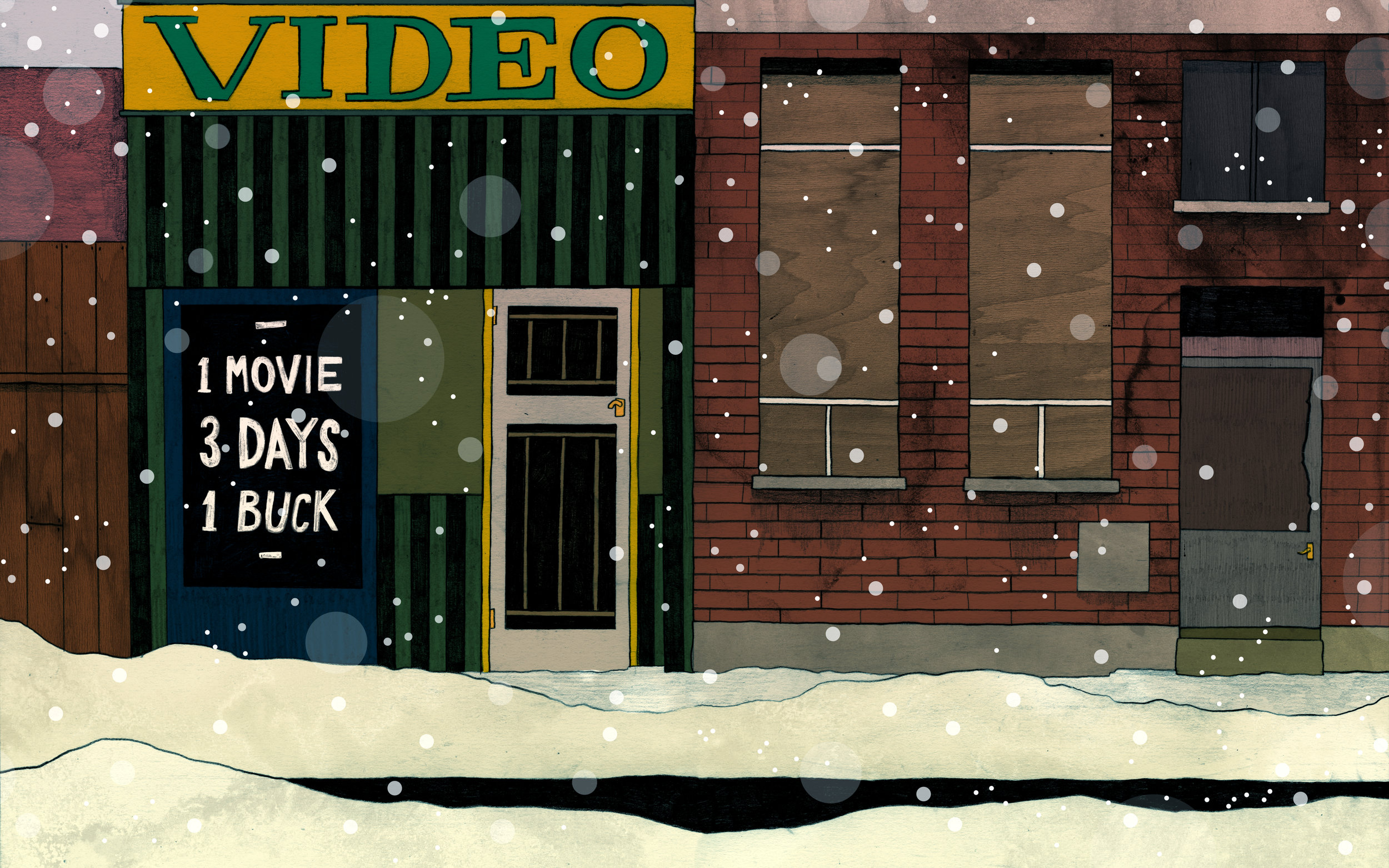

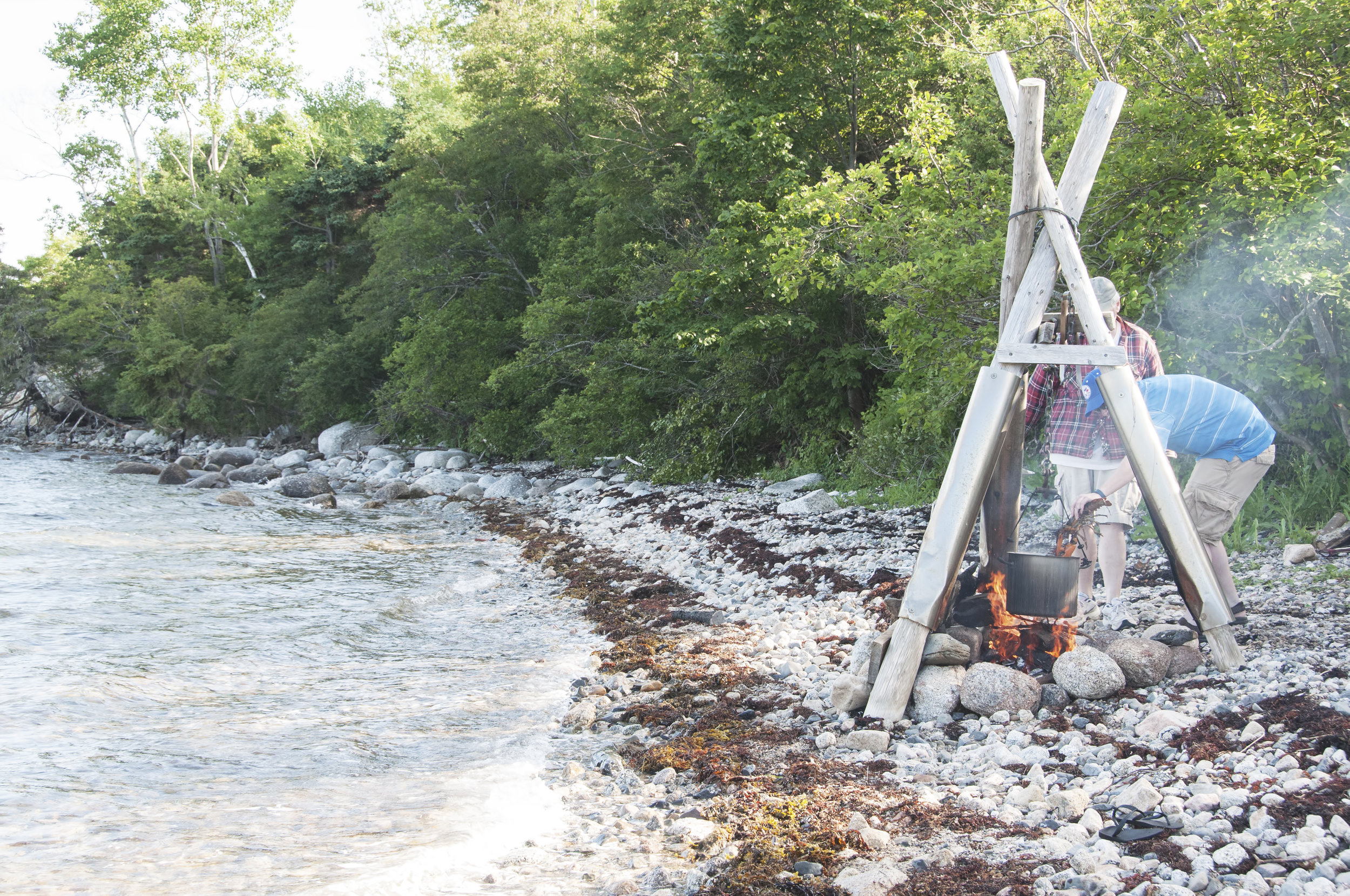
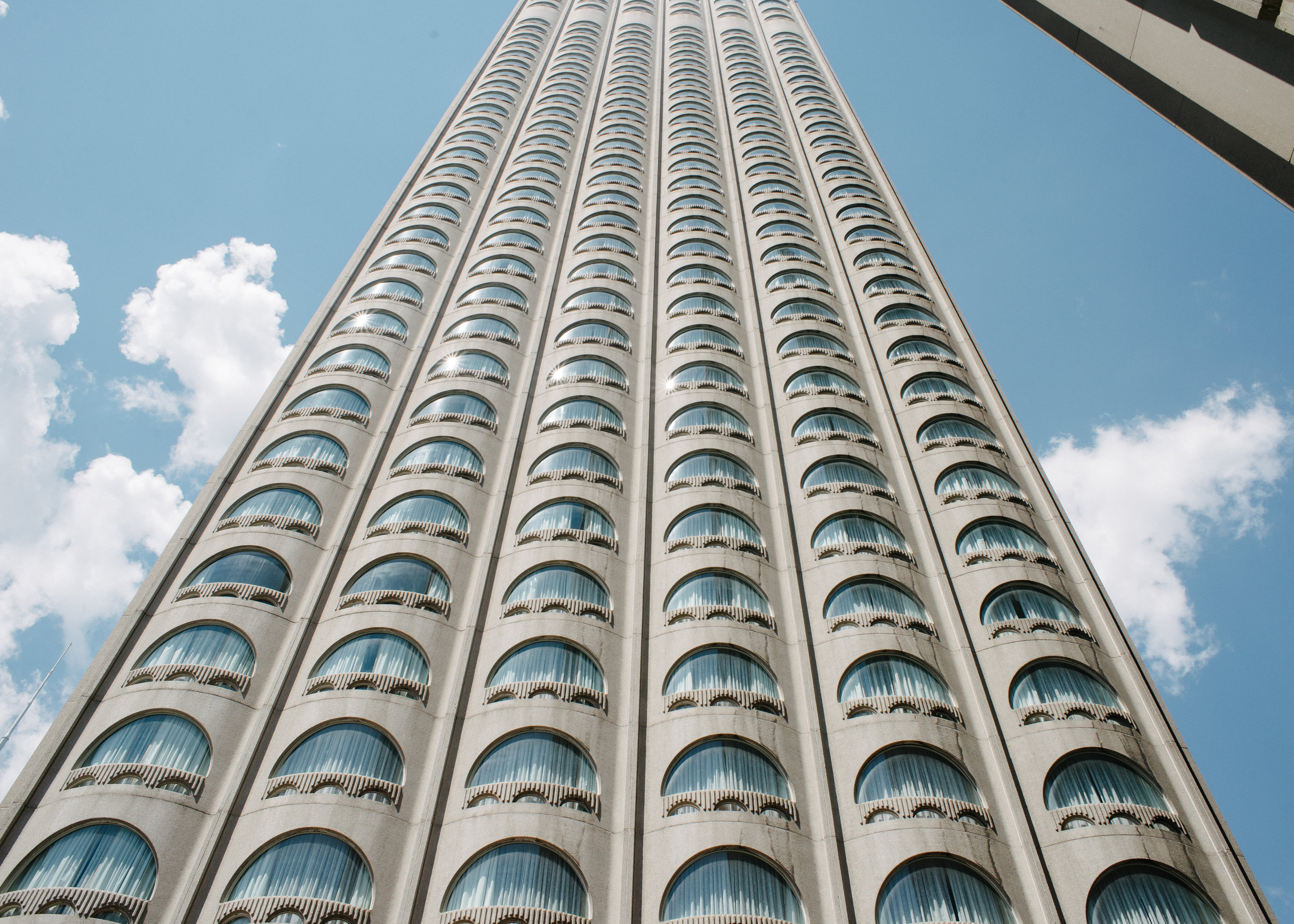
Yosemite to Arches
Words by Emil Martin & Photographs by Angela Terrell 0n the 100th anniversary of National Parks in the USA, it seemed fitting to visit some jewels in their crown.
Yosemite, four hours from the West Coast, is a landscape shaped by glaciers. Towering granite monoliths ring the valley, their splendour captivating millions of visitors and the solitude (if you visit at the right time) encompassing.
Montana’s Yellowstone, the oldest National Park, lies above a magma hotspot and claims the world’s largest collection of geysers. The most famous, Old Faithful, erupts every 45 minutes but is by no means the most powerful and spectacular. Patiently waiting by a number of geysers we saw steaming water rise hundreds of meters in a multitude of directions. Waterfalls and lakes together with bison, elk and the lurking danger of grizzly bears add to the excitement. Beware though, the last volcanic eruption 600,000 years ago dwarfed anything in human history ... and the next eruption is well overdue!
Utah is home to Arches National Park (guess what it is famous for?), Bryce, which is renowned for its beguilingly shaped sandstone Hoodoos and Zion where you can scale vertigo inducing peaks and frolic in ankle deep mountain rivers.
There are dark star-filled skies, geology to astound, wildlife to enchant and beauty to make your heart skip a beat.
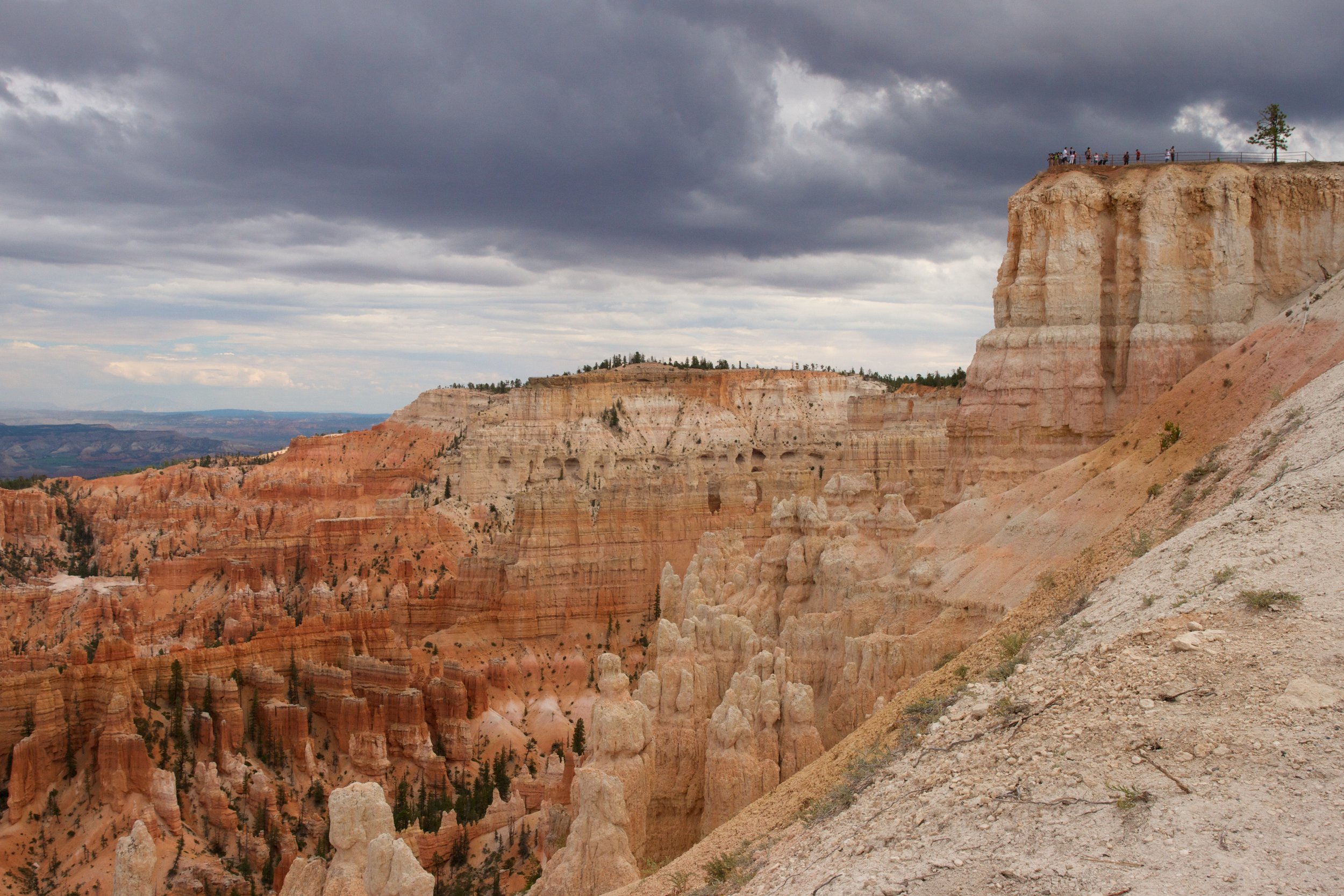
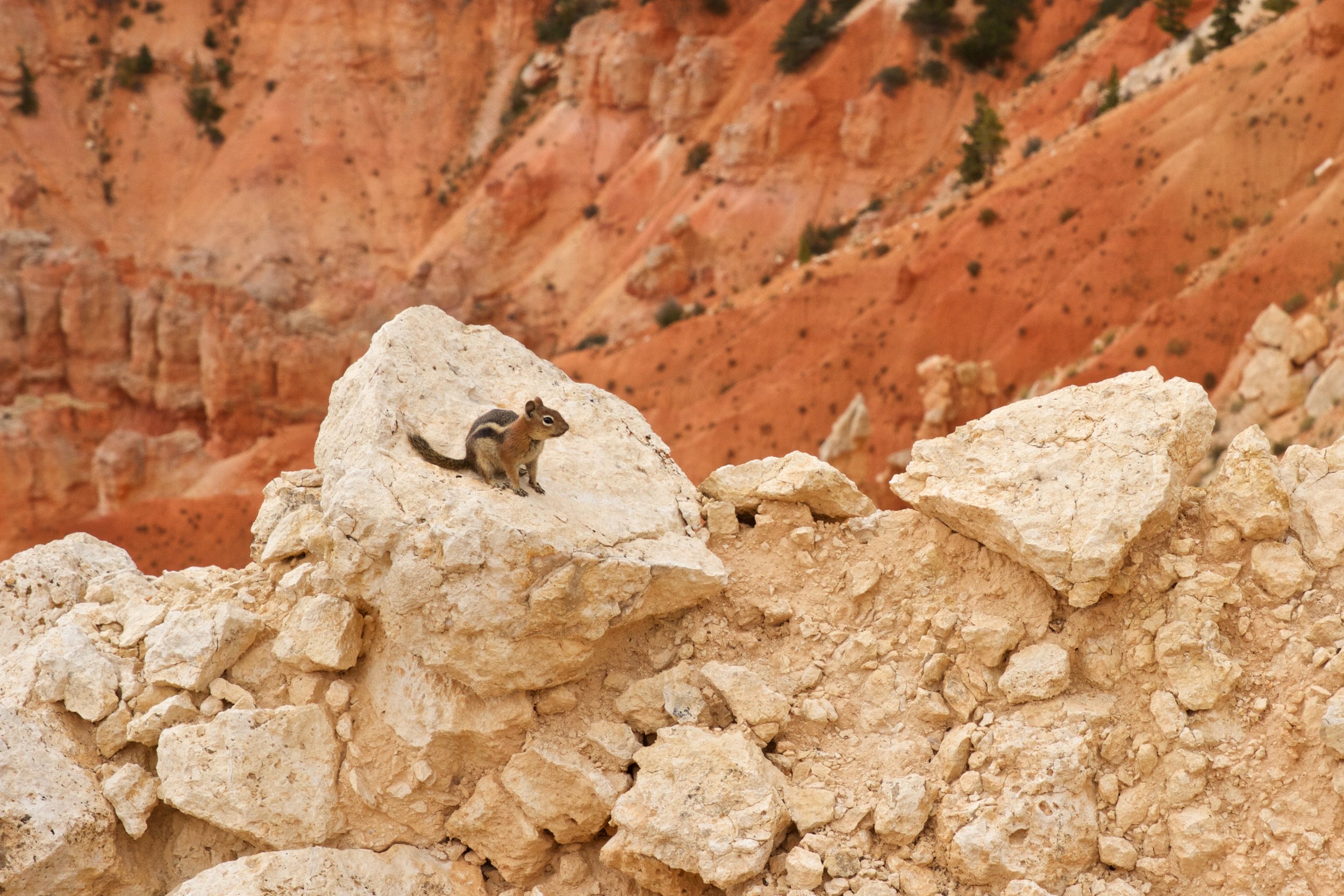

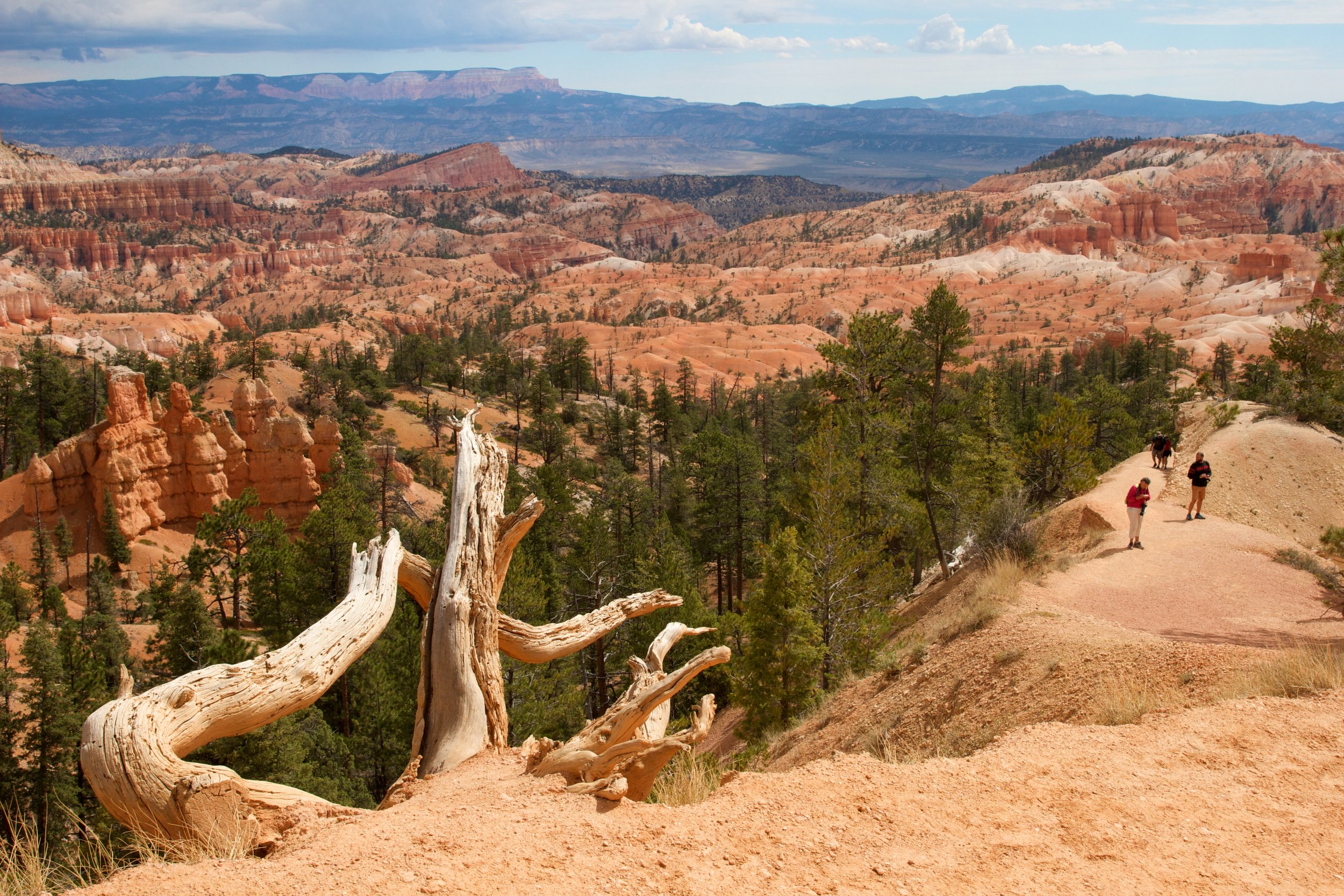
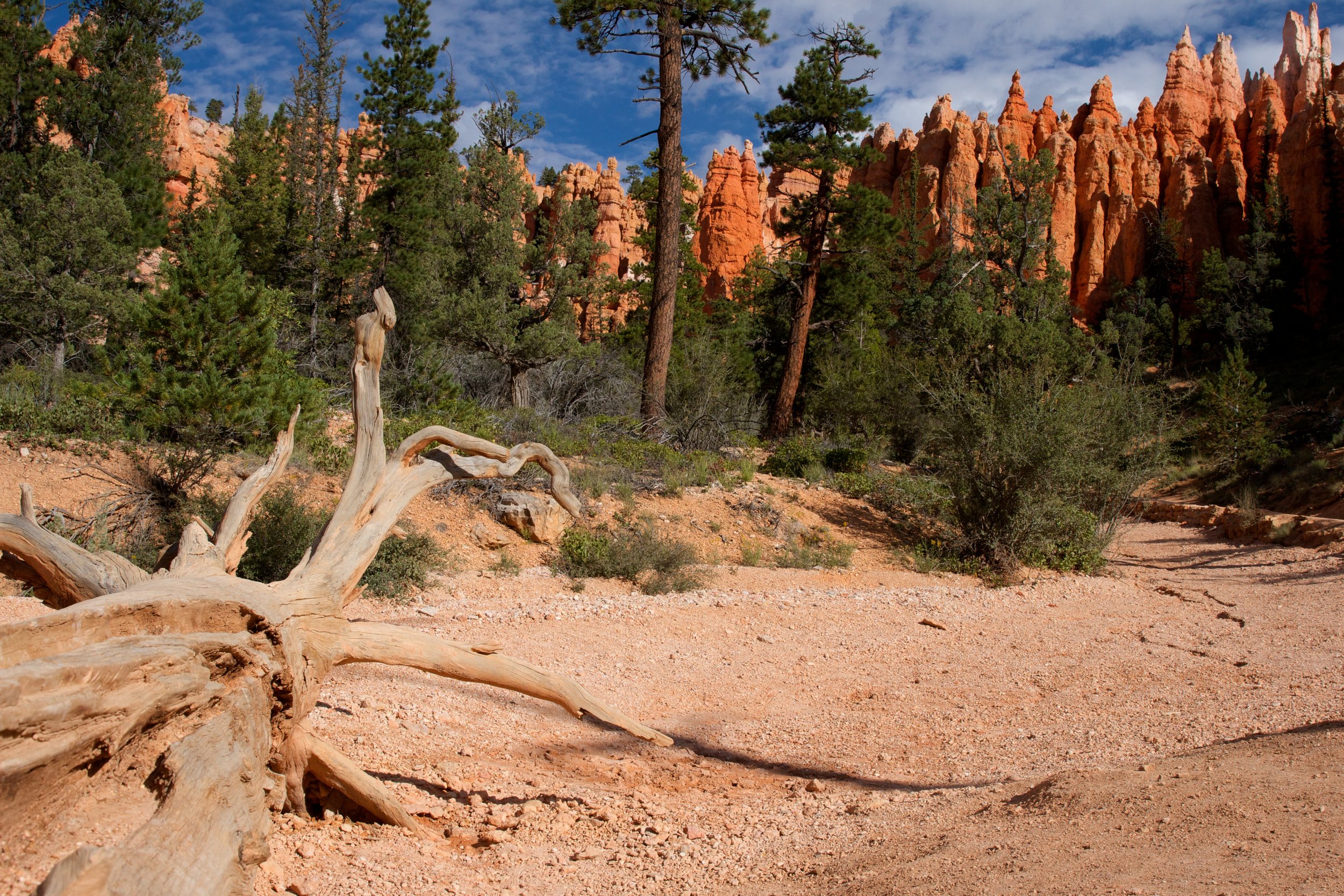
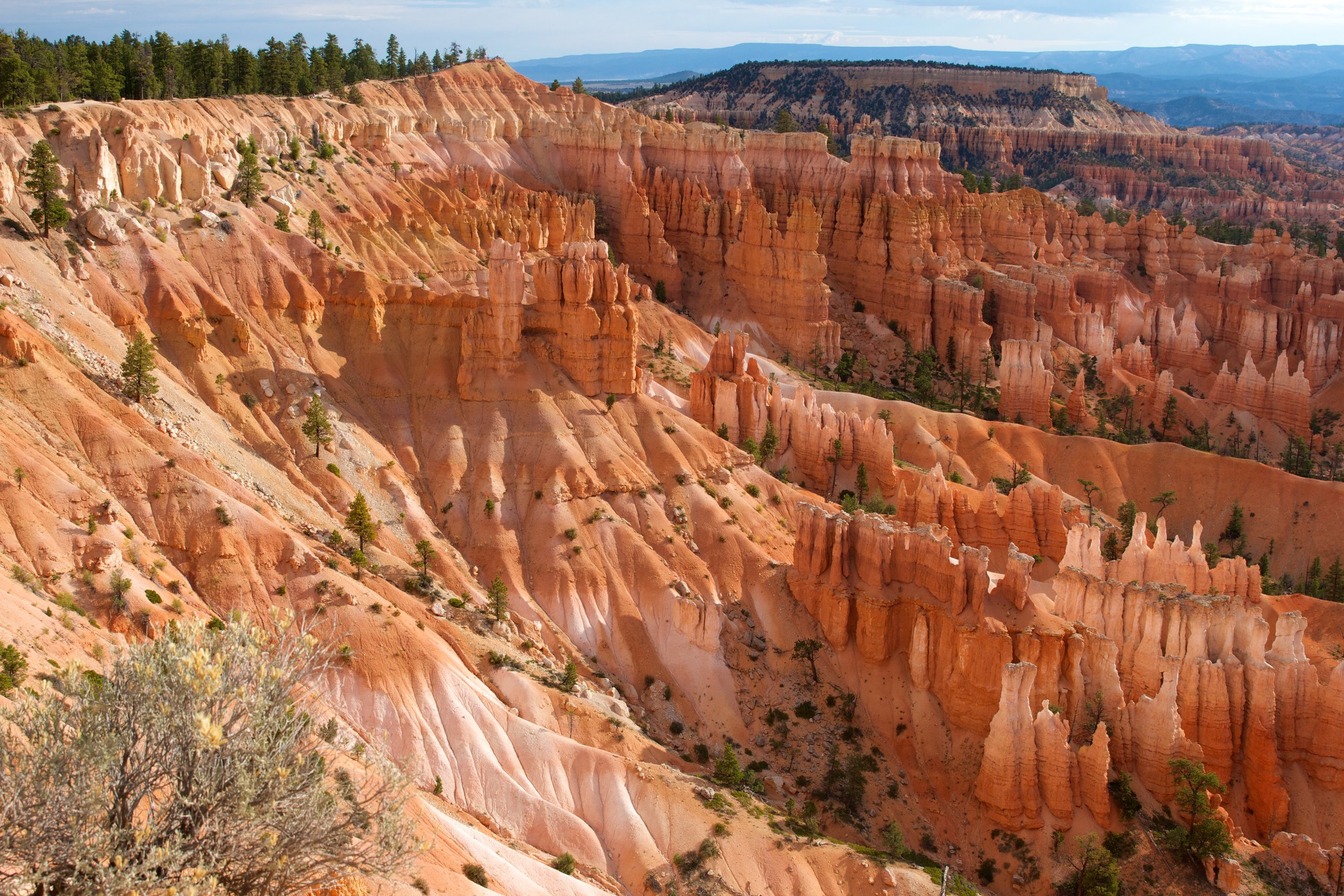

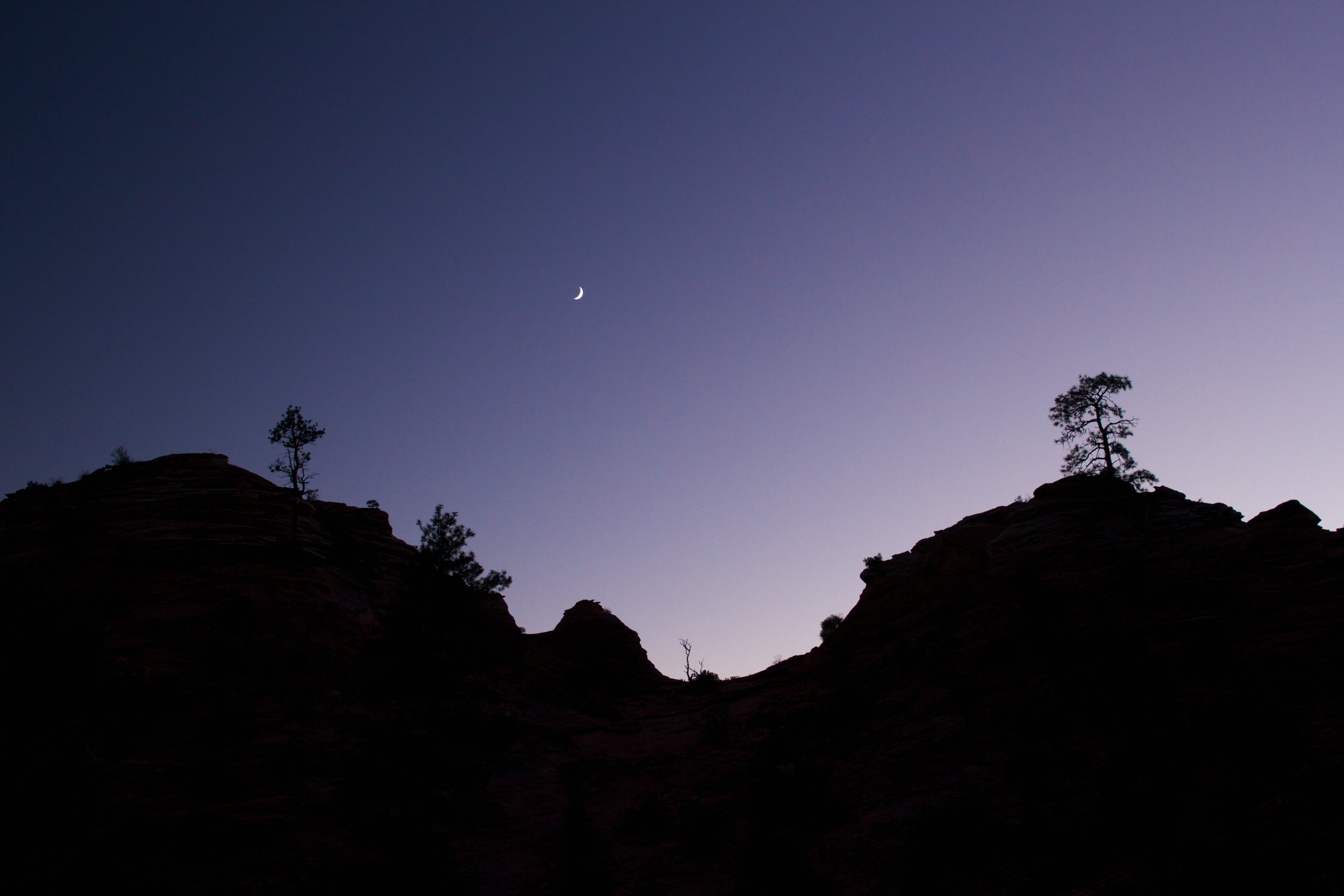
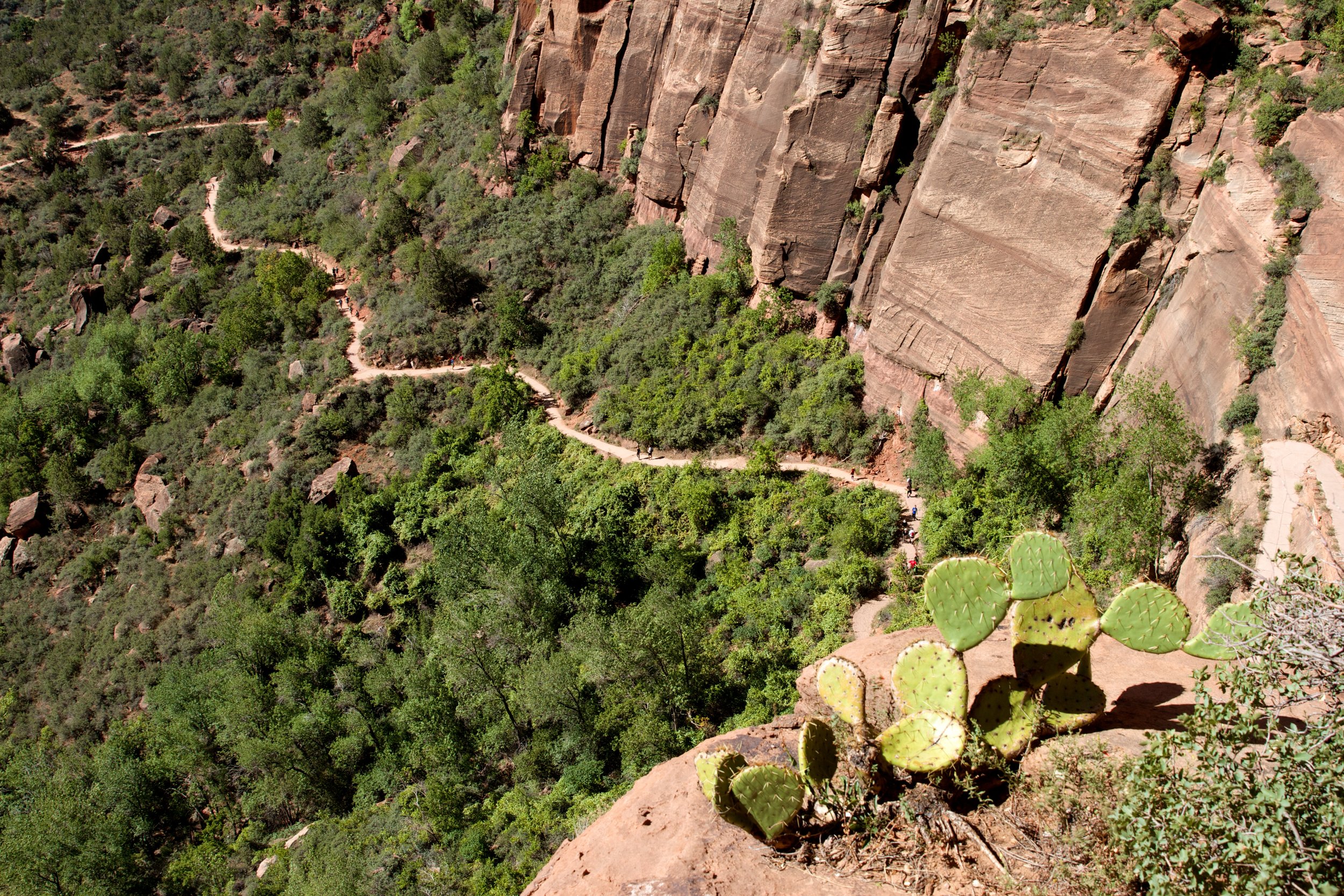
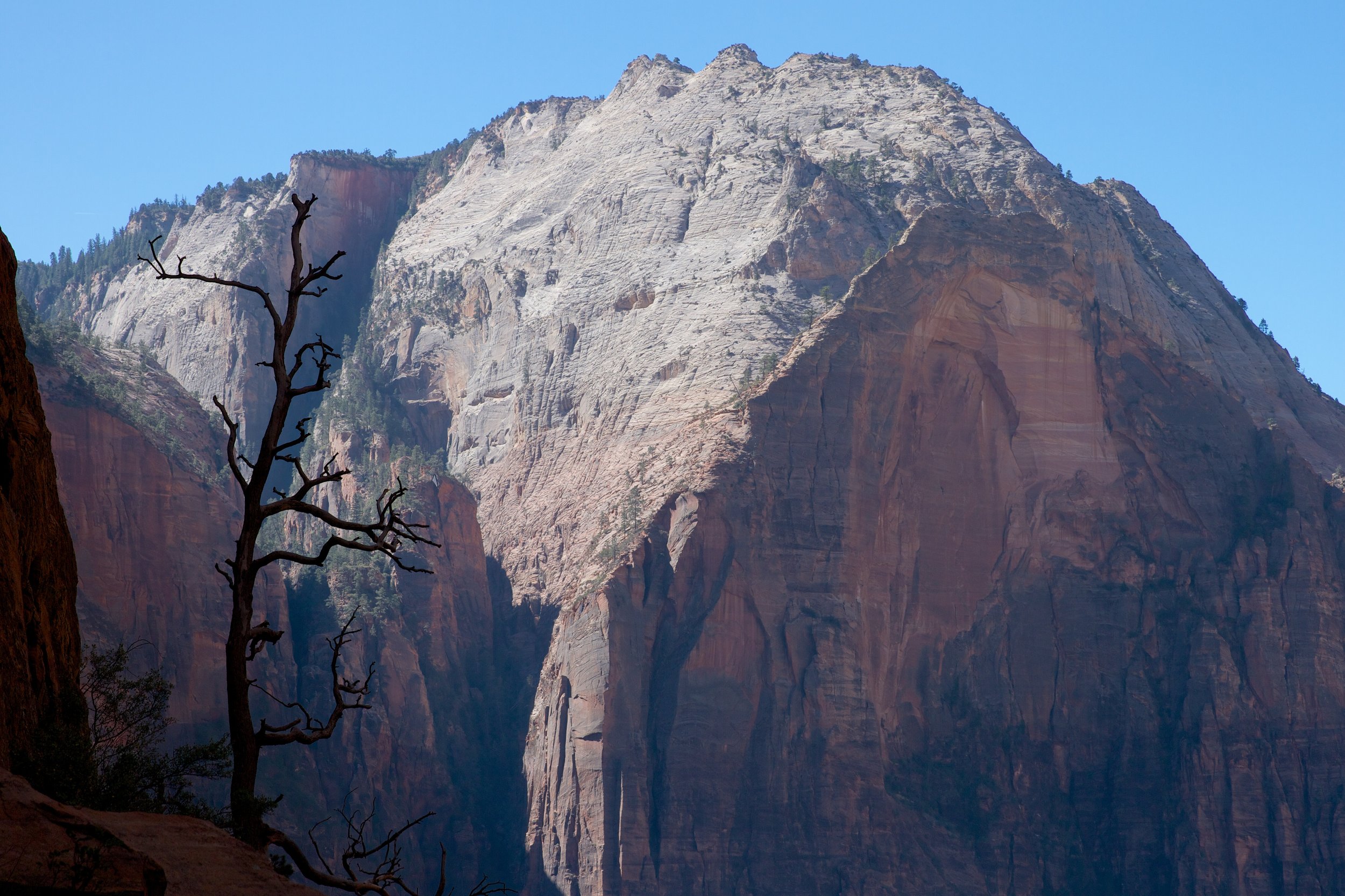

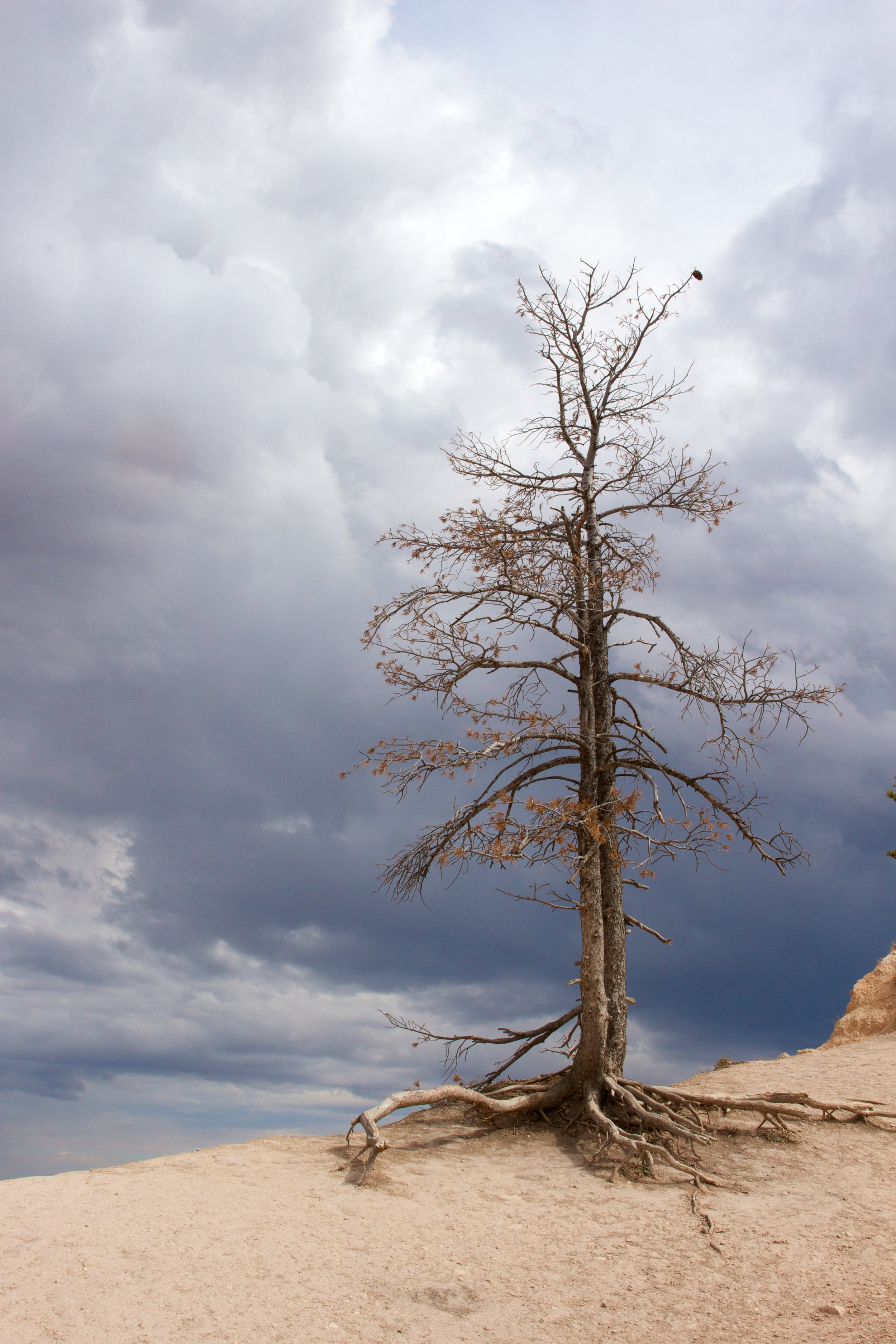
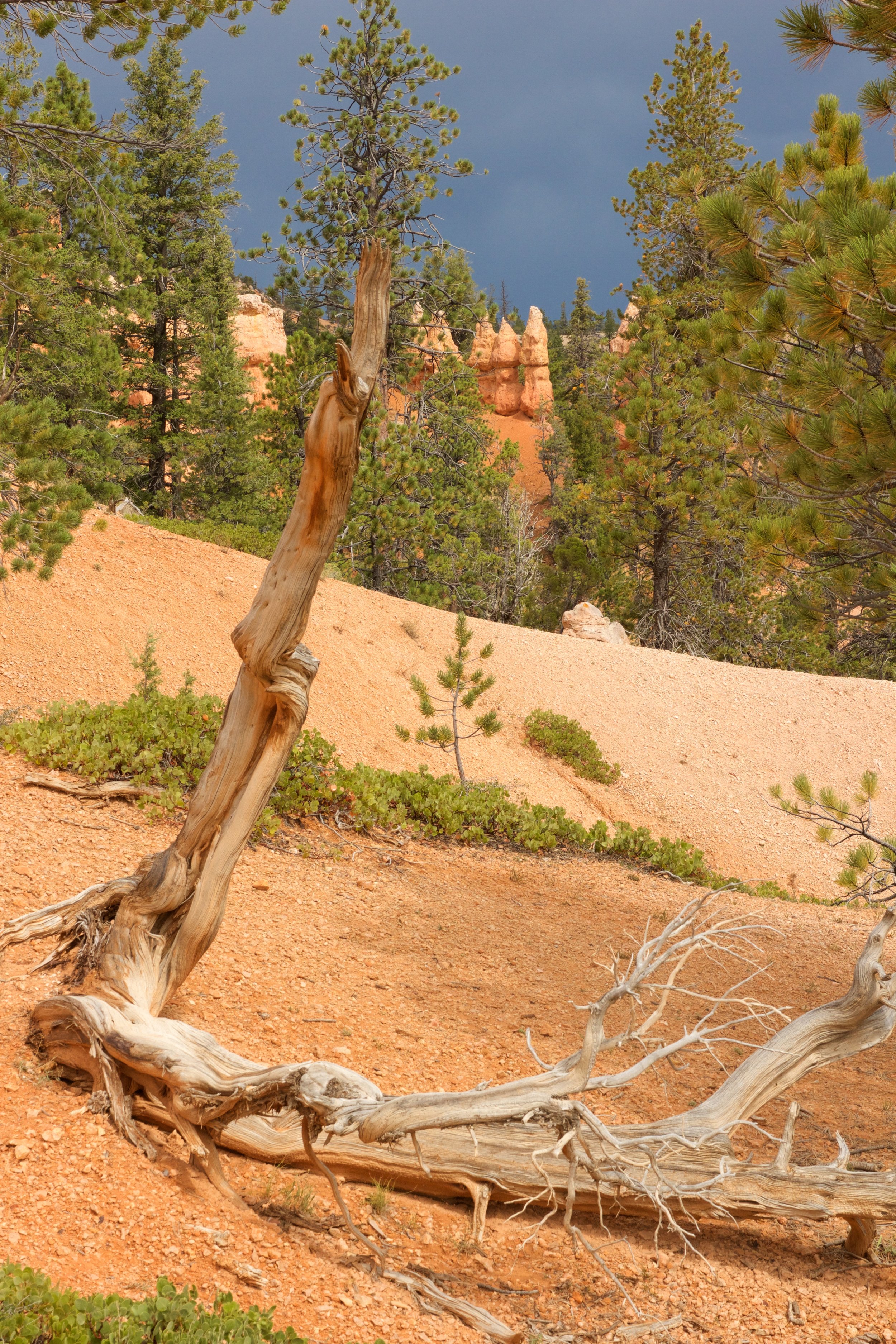
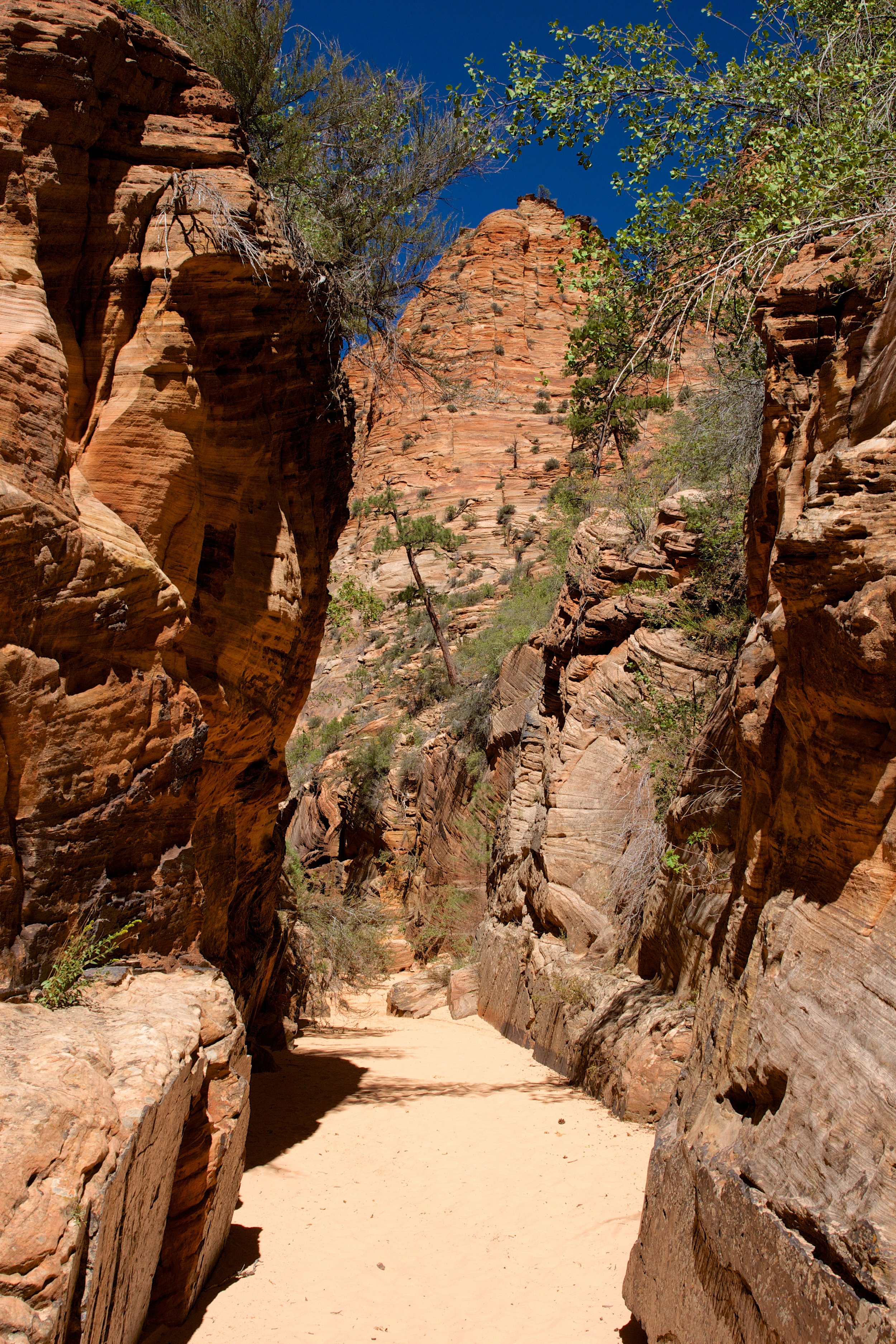
Piedmonte, Italy
Here's a little piece we put together for Need Supply Co all about the wonders of undiscovered Italy. . . .
Here's a little piece we put together for Need Supply Co all about the wonders of undiscovered Italy. From the waterways of Venice to the ruins of Rome, Italy is brilliantly iconic. Synonymous with food, style and history, this boot-shaped country is immediately recognisable. Thankfully though, some north-eastern Italian corners, while brimming with wineries, mountains and 17th century castles, still remain relatively undiscovered – just as they should be.
Framed by France and Switzerland, Piedmonte is where the Milanese escape for the weekend and English is infrequently uttered. Tradition and wilderness thrive, but what sets this region apart is its diversity. In the southwest, lost in the smaller town surrounding Alba, it’s easy to believe you’re in Central Italy. Grape vines hug undulating slopes while farmhouses, villas and tolling church towers dot the hills. Yet around Cuneo the landscape becomes more dramatic. There is the promise of snow and peaks seem to rise is every direction – Mont Blanc, after all, isn’t that far away.
Piedmonte’s variety is best explored by getting amongst it, by cycling or hiking past the vineyards of Lower Langhe or through the Bavarian-esque forests (frequently dotted with farms and cheese makers) of Upper Langhe. By feeling every heart beat as you push yourself higher and higher towards alpine Ferrere. In sight of the French border, Ferrere – a petite town that essentially closes in winter – was once a mighty smuggling hub, although when viewed bathed in the summer sun it seems nothing but quaint. Explore this outdoor wonderland at the start of the season and you can break your journey up by picking cherries form the trees, replaced with peaches and figs as the cooler month set in.
Replenishing your exhilarated body with fine wine and Italian fare is essential. The wineries of Piedmonte may be considered small (some only span a few acres), yet they’re often family run and thus brim with passion and flavour. A Barolo here will change your life. Interestingly, Piemonte also has one of Italy’s highest concentrations of Michelin starred restaurants (Guido Ristorante within Villa Contessa Rosa, a gift from Vitorrio Emanuel to his mistress, is particularly memorable) yet you can’t go wrong with a trattoria. Like the wineries they are intimate and welcoming, specialising in traditional recipes prepared with both love and respect. Pasta melts, cheese delights and the simplest flavours cause you to pause and savour. The homely fare at L’Aromatario in the medieval town of Neive, proves this point perfectly – as does Ristorante Osteria Della Pace. Suitably wined and dined, you’ll no doubt pause to consider your mountain, sun and adventure filled escape and be thankful, at least for now, that Piedmonte can remain your own little Italianate secret.














































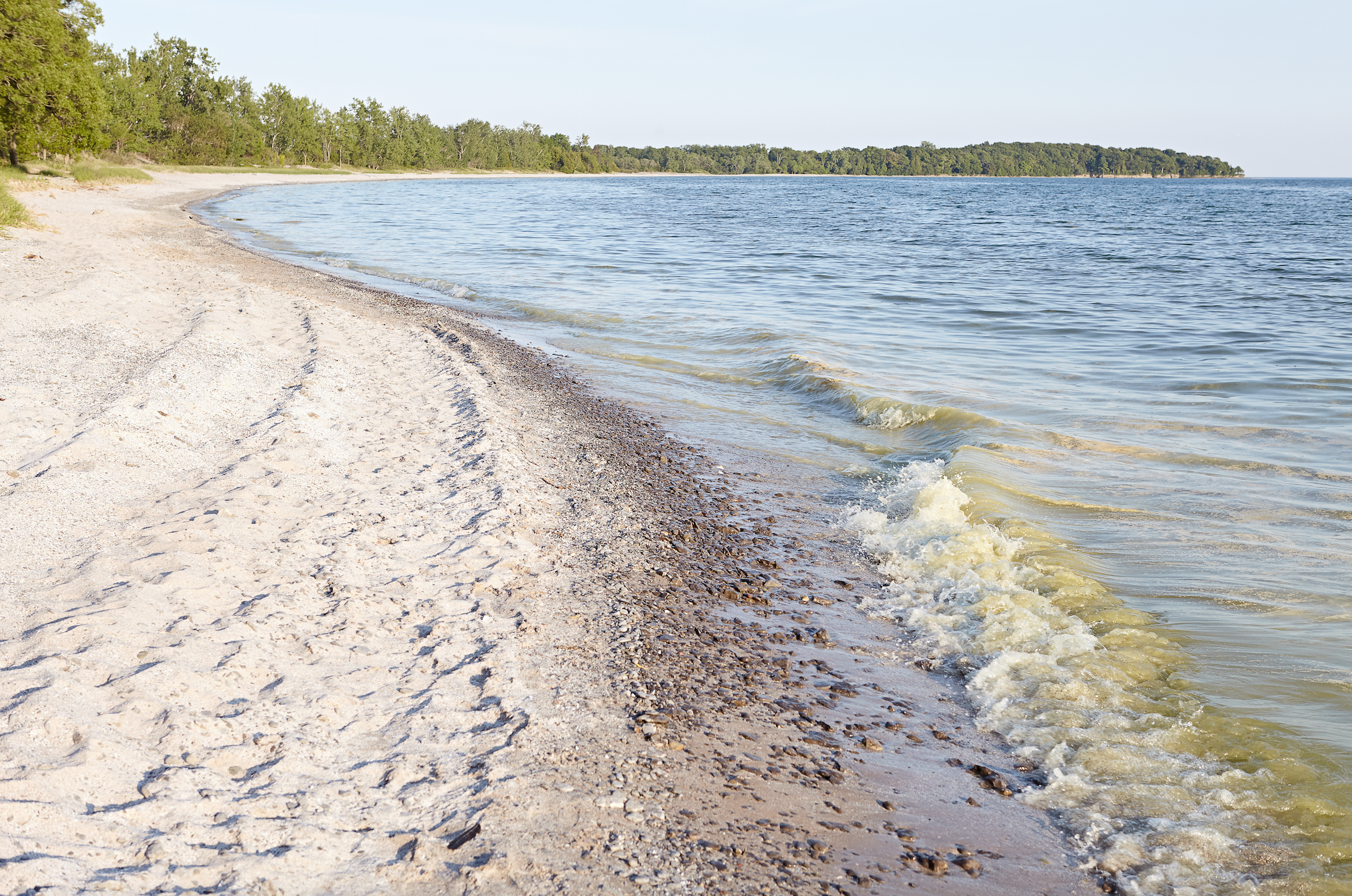





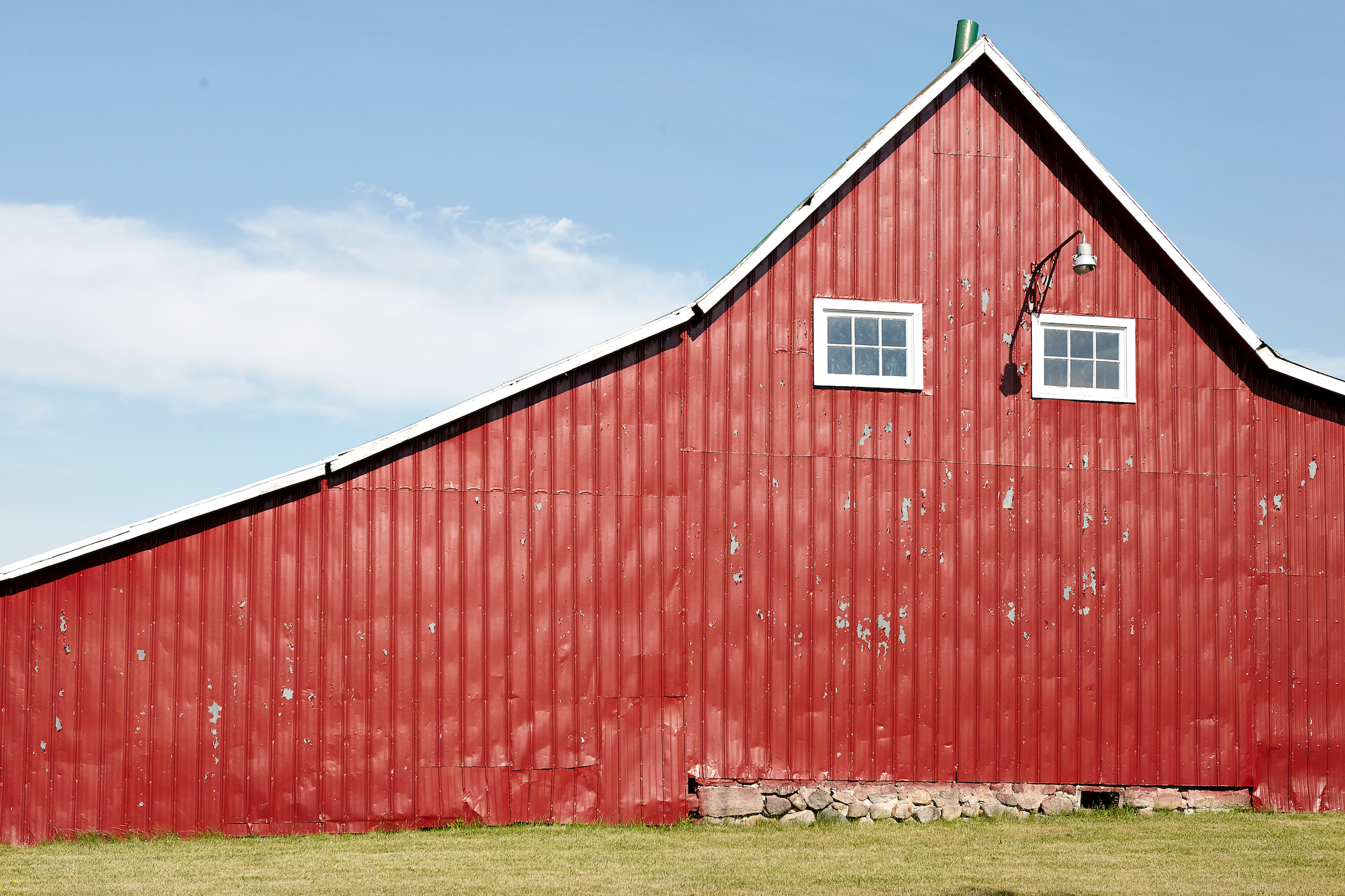











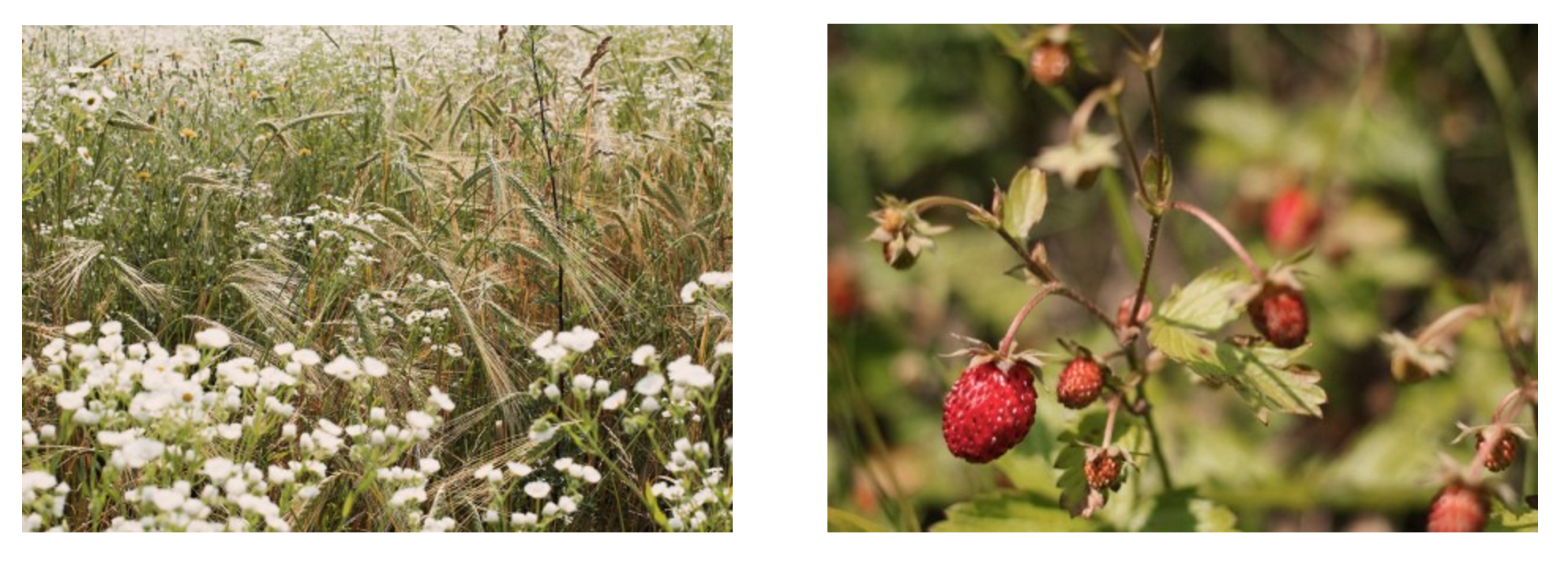



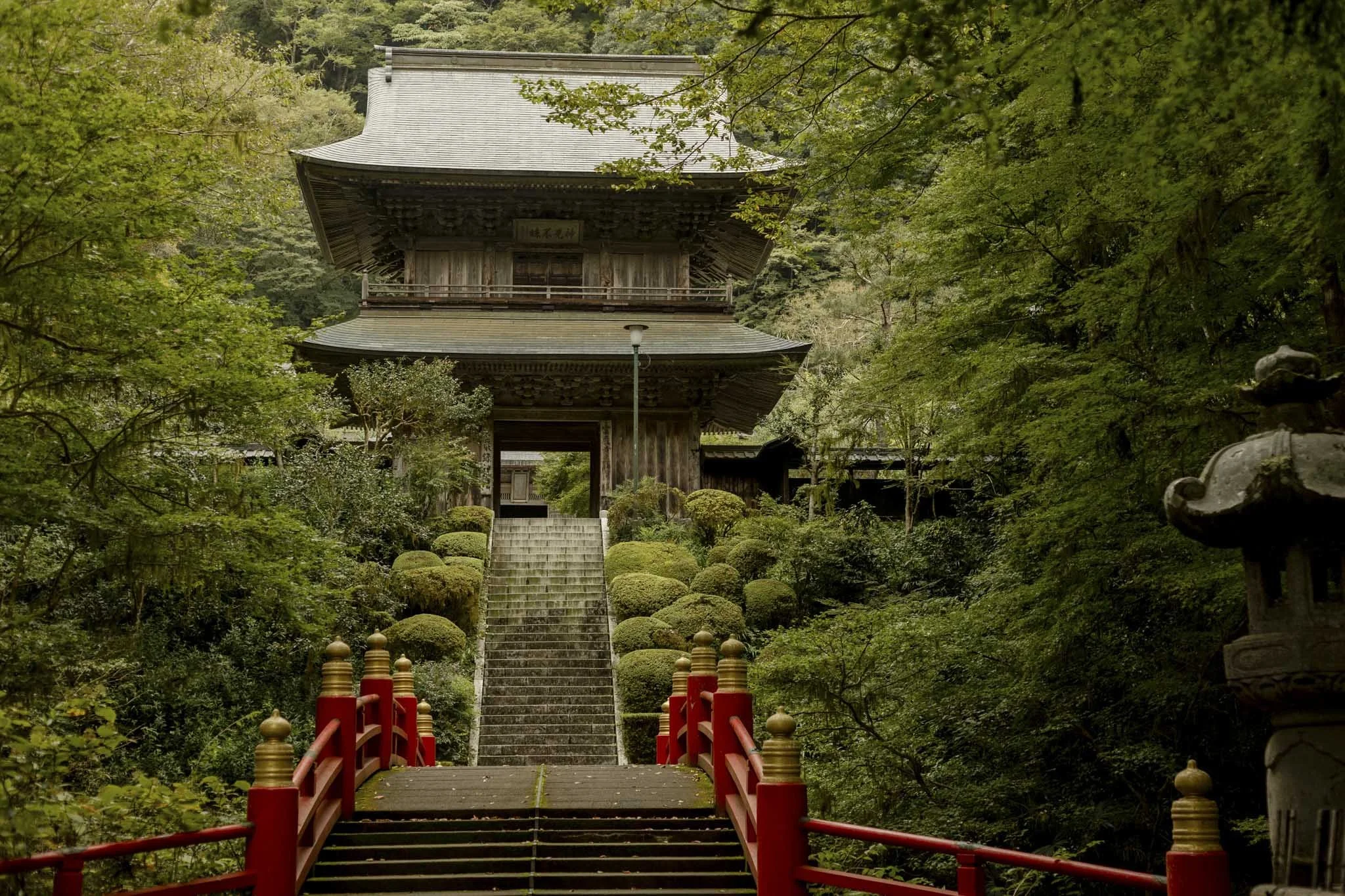












Celebrating Cecil Beaton at Wales’ Hawarden Estate.